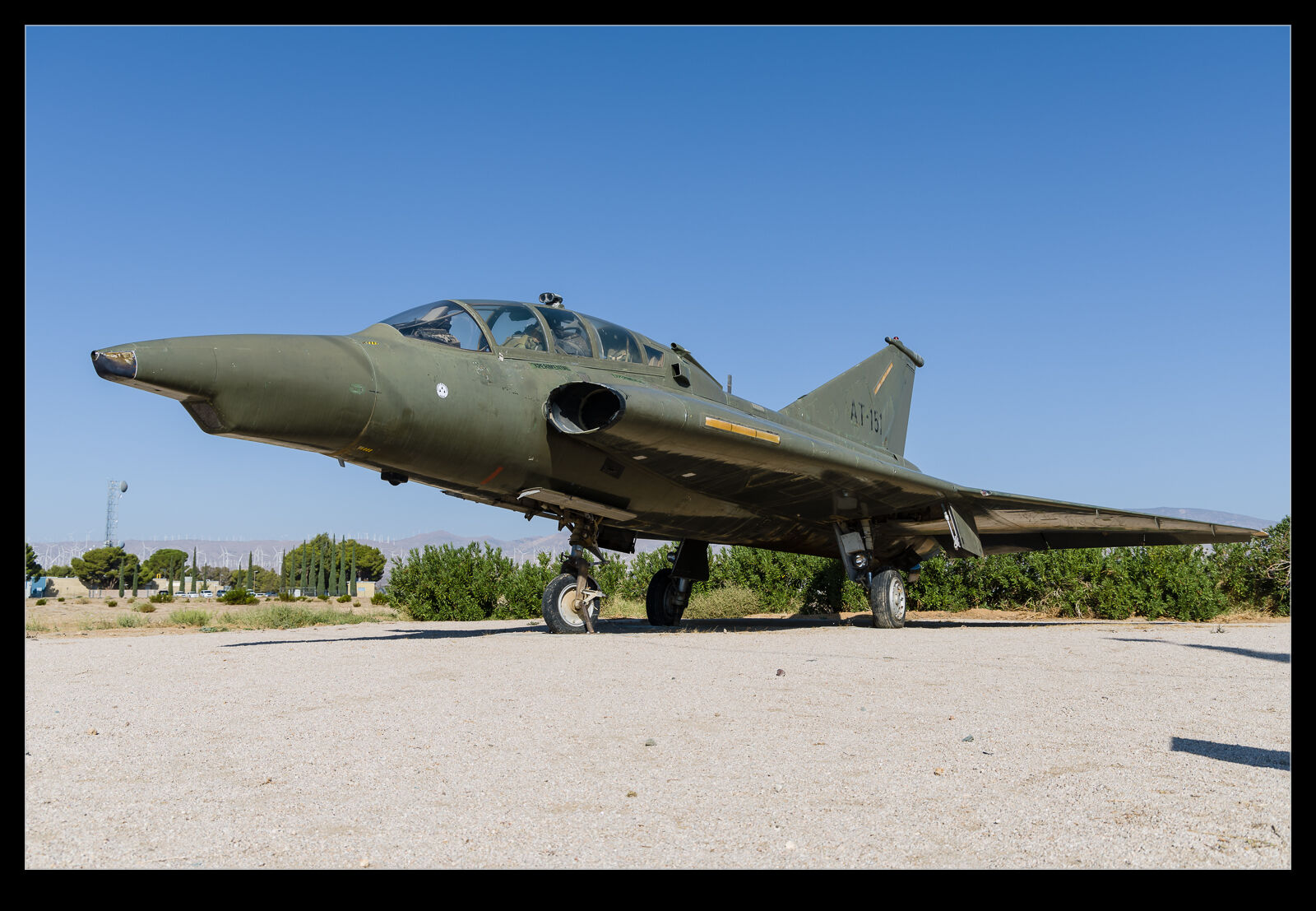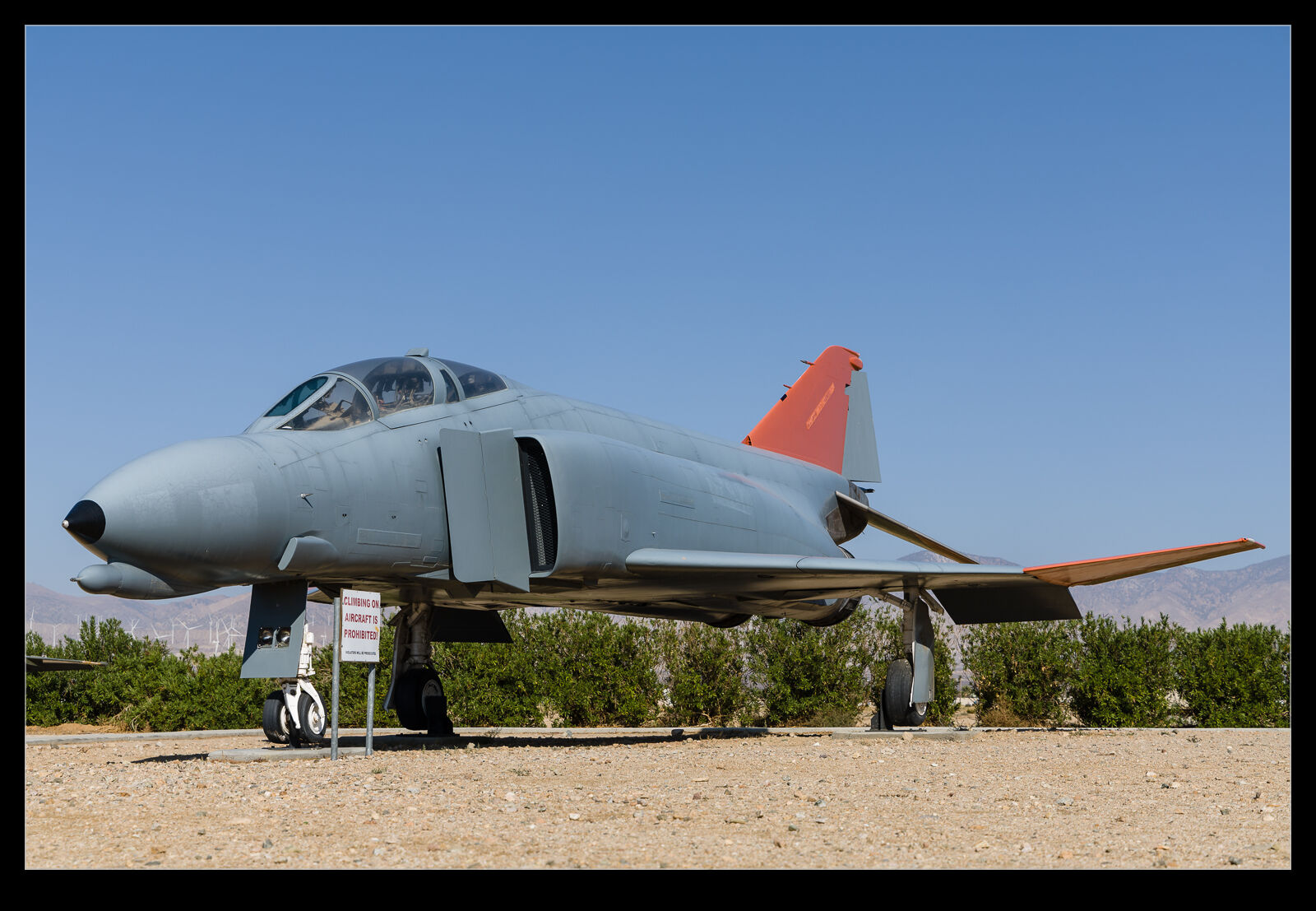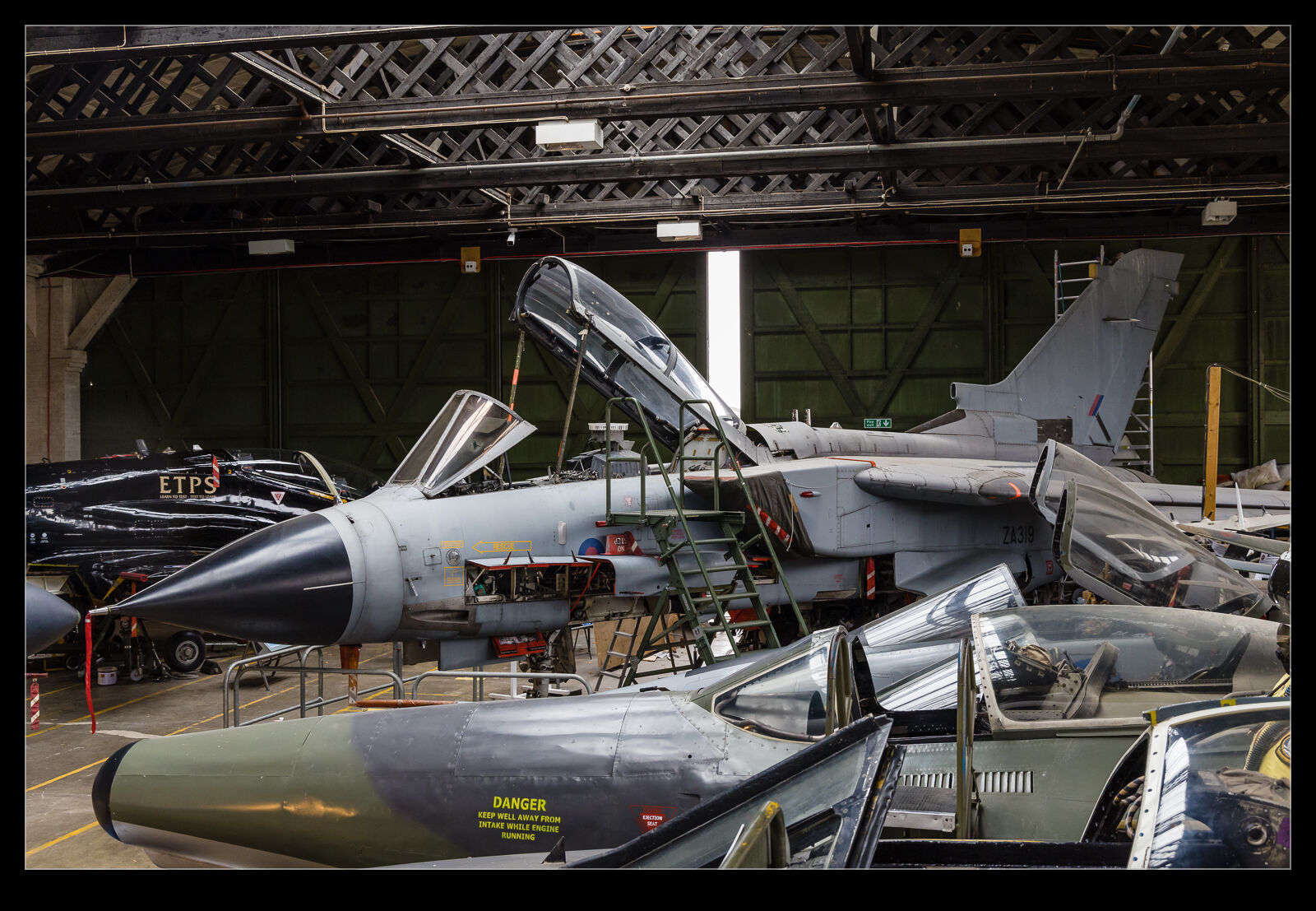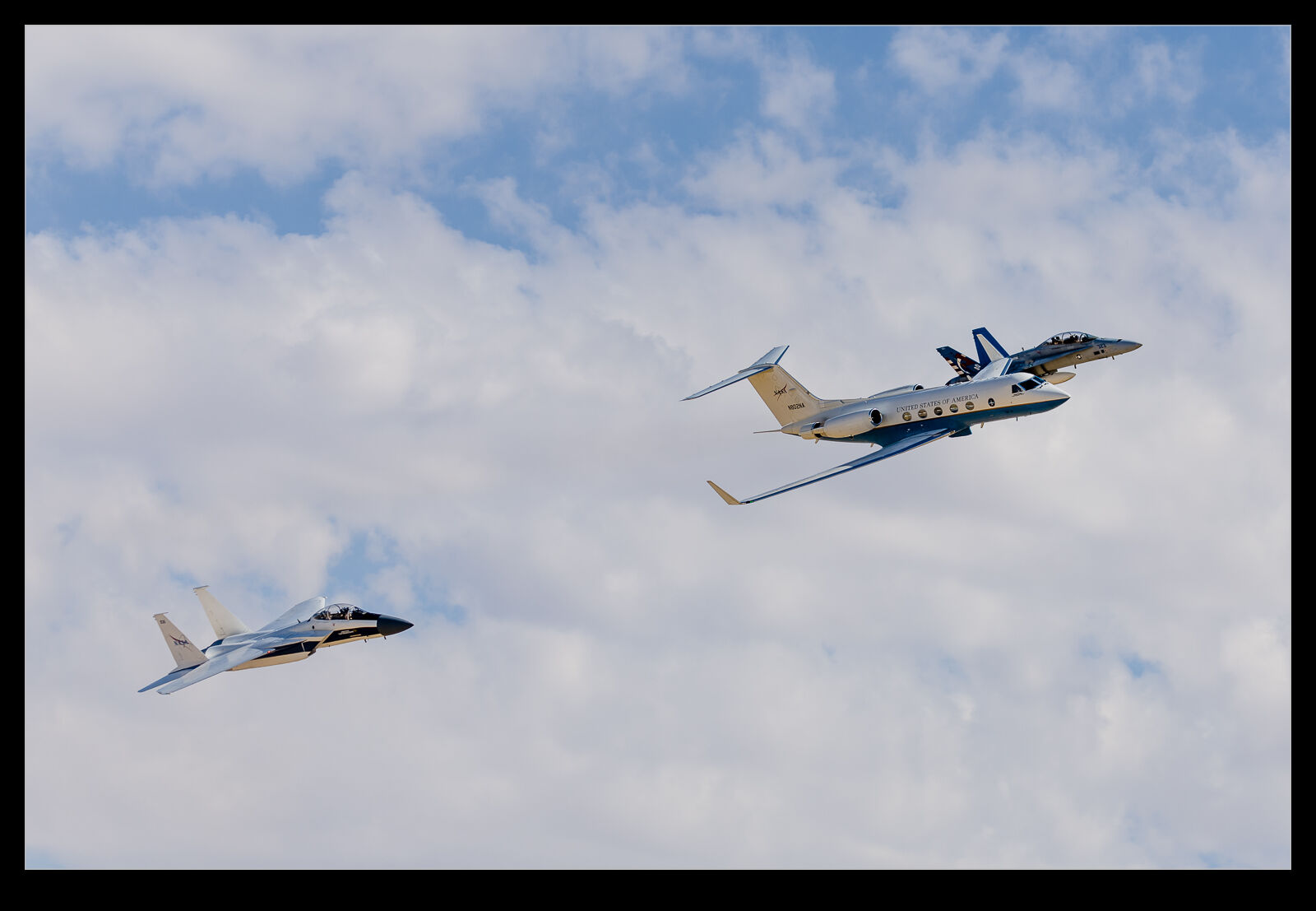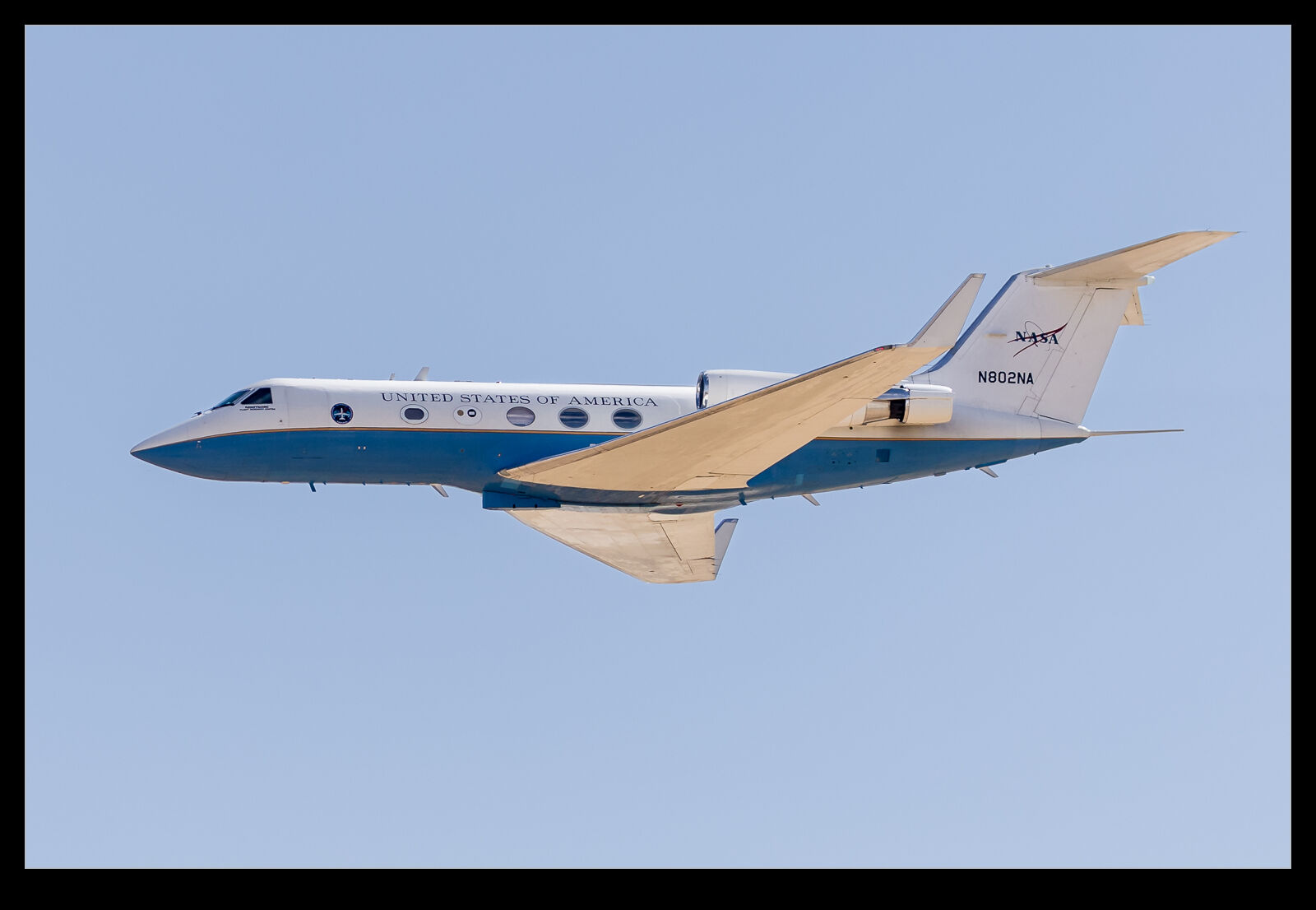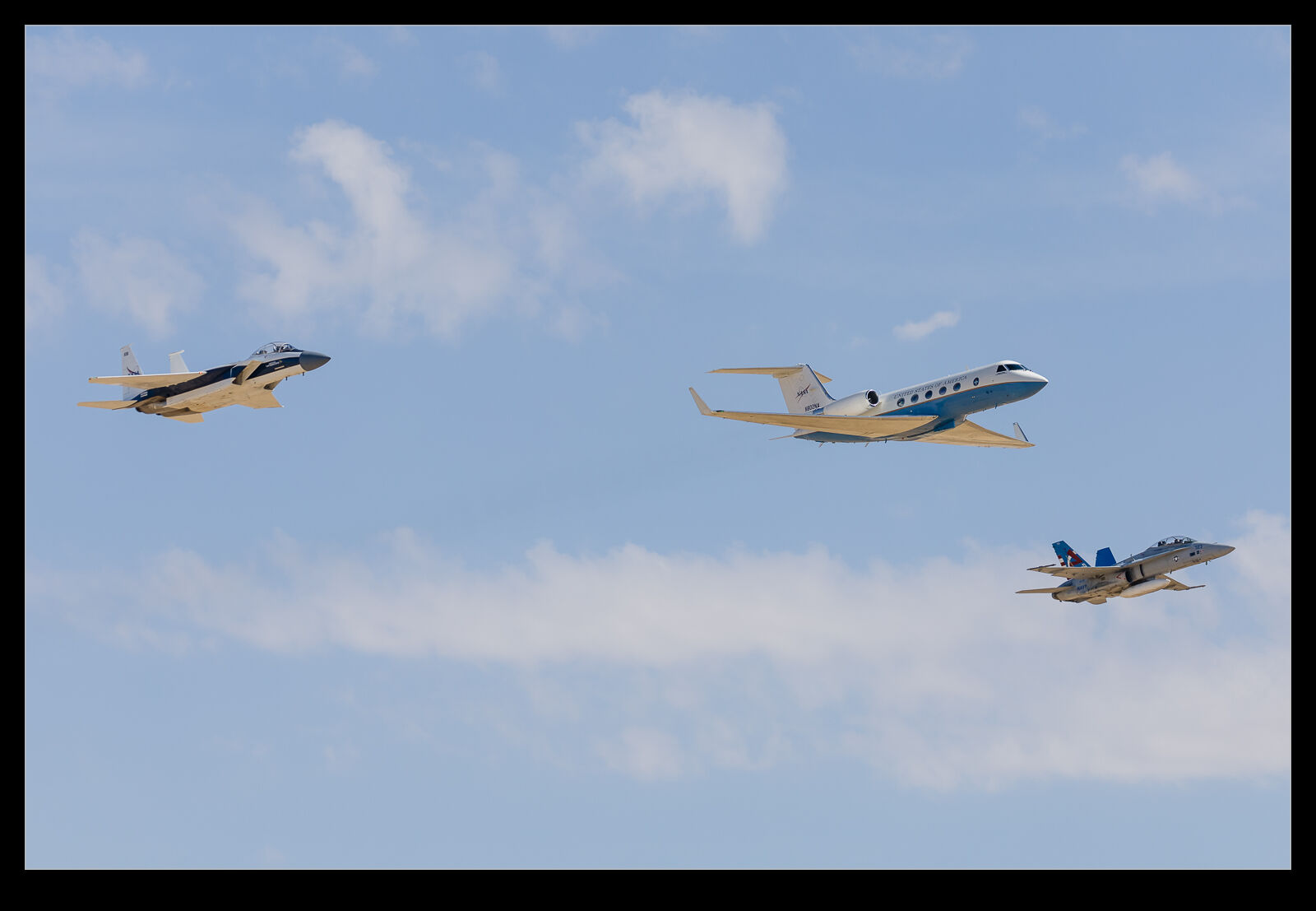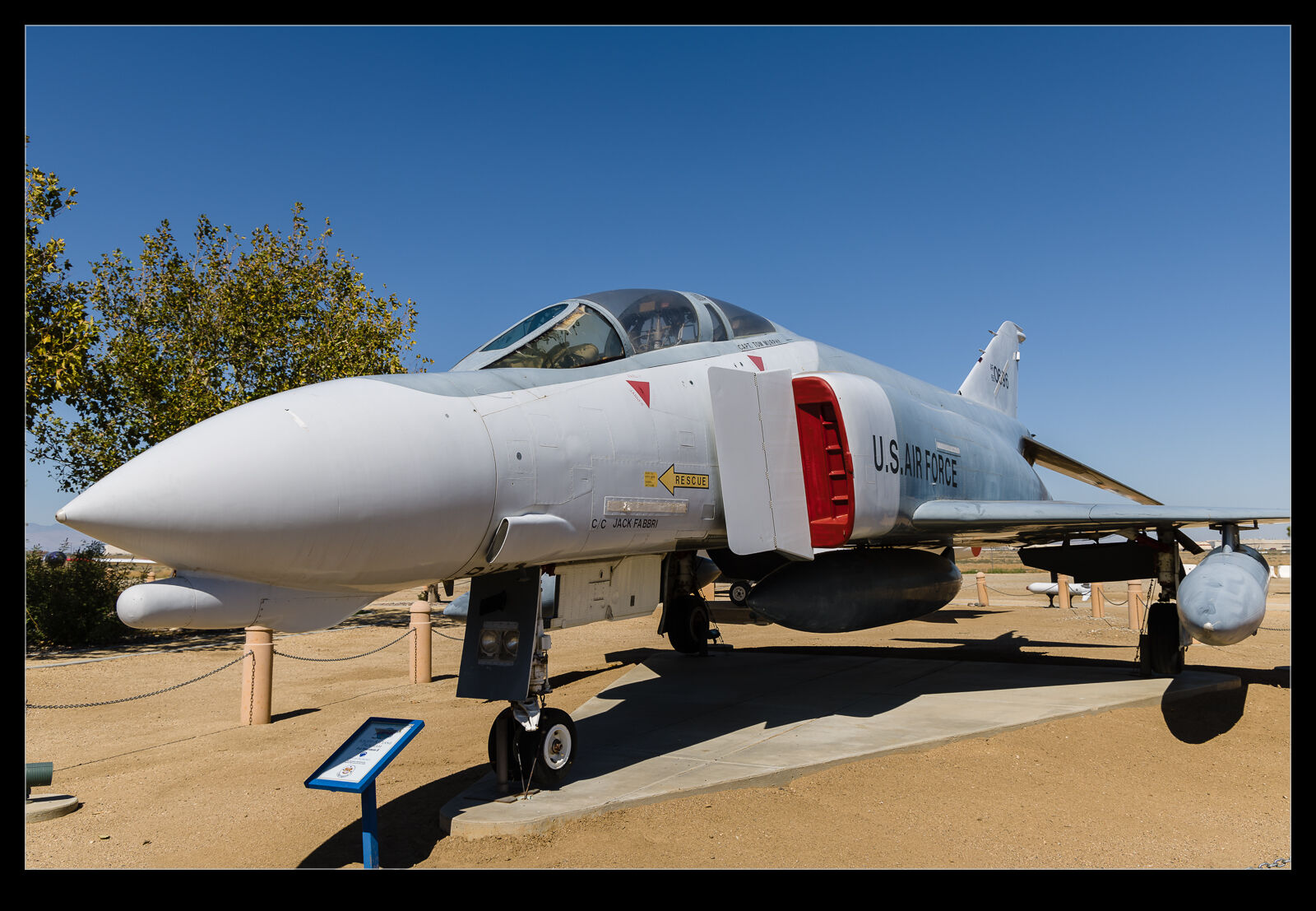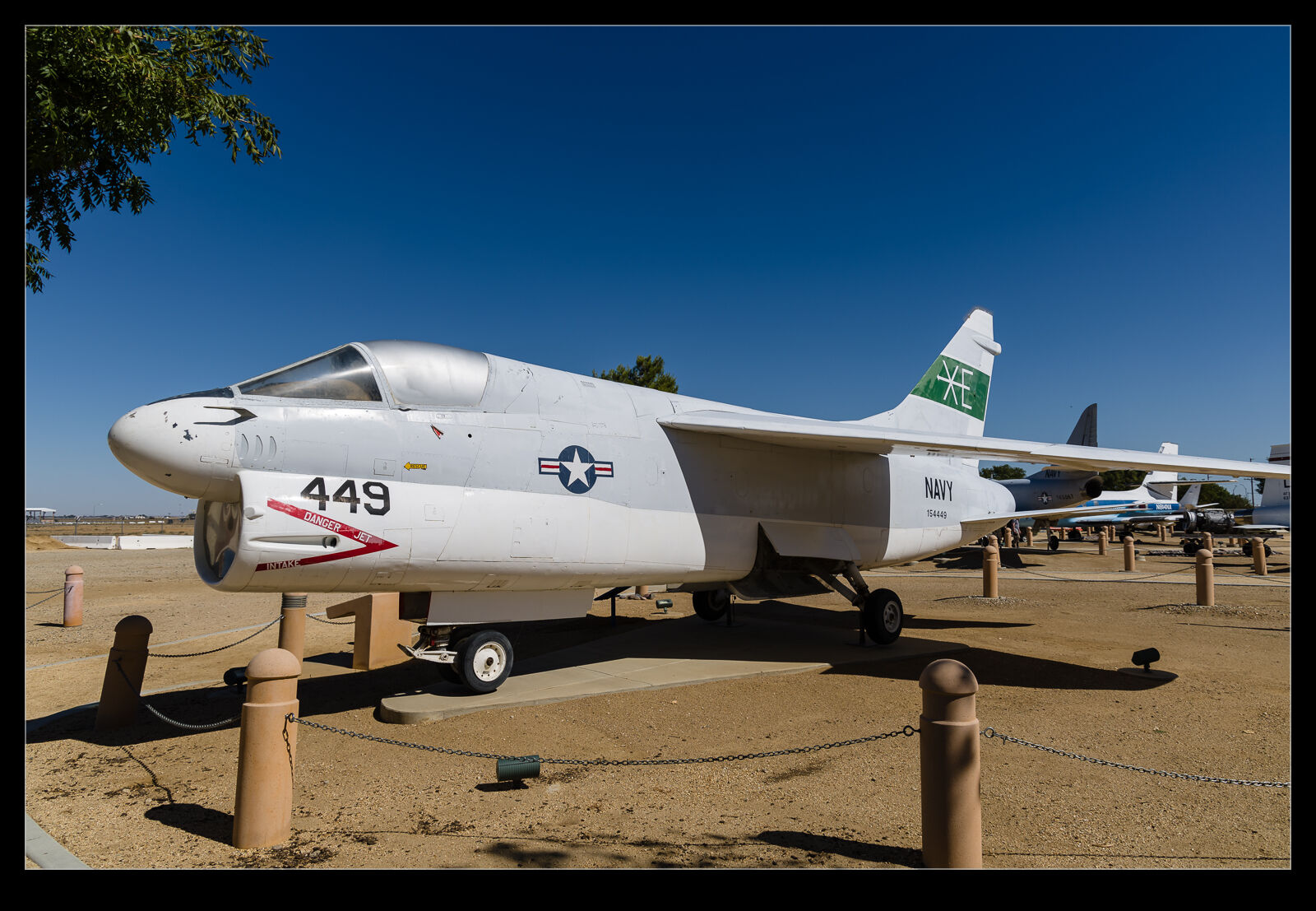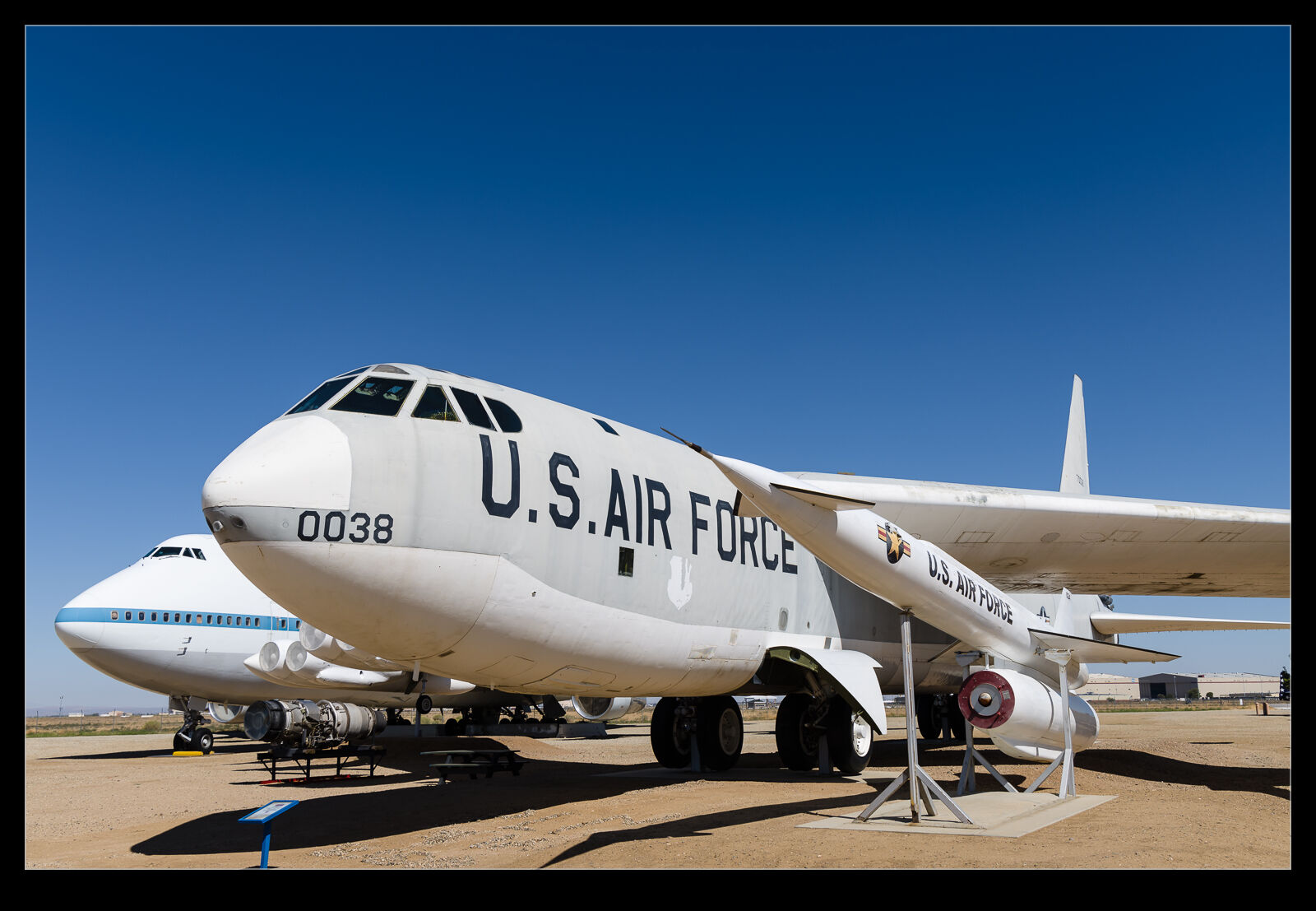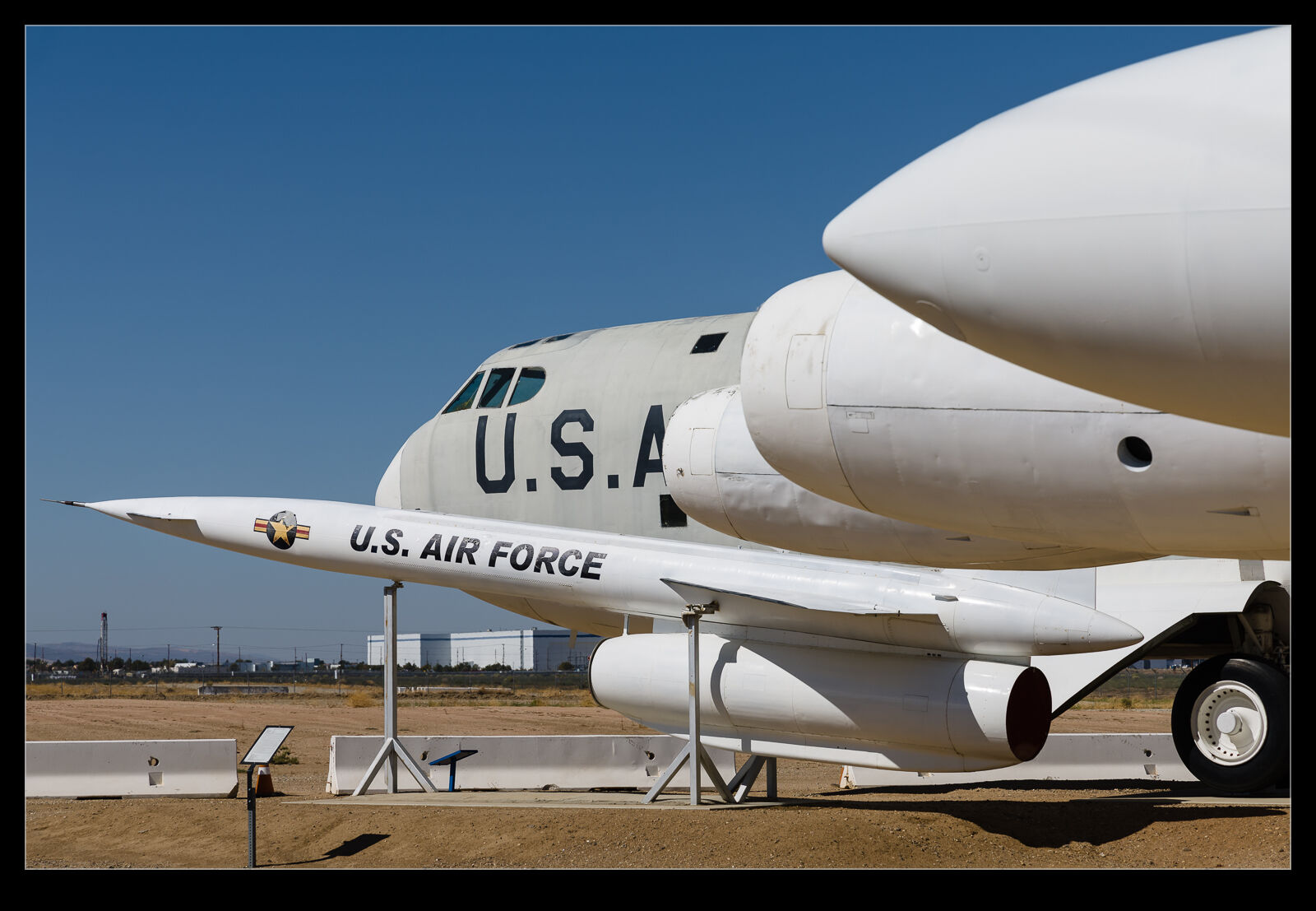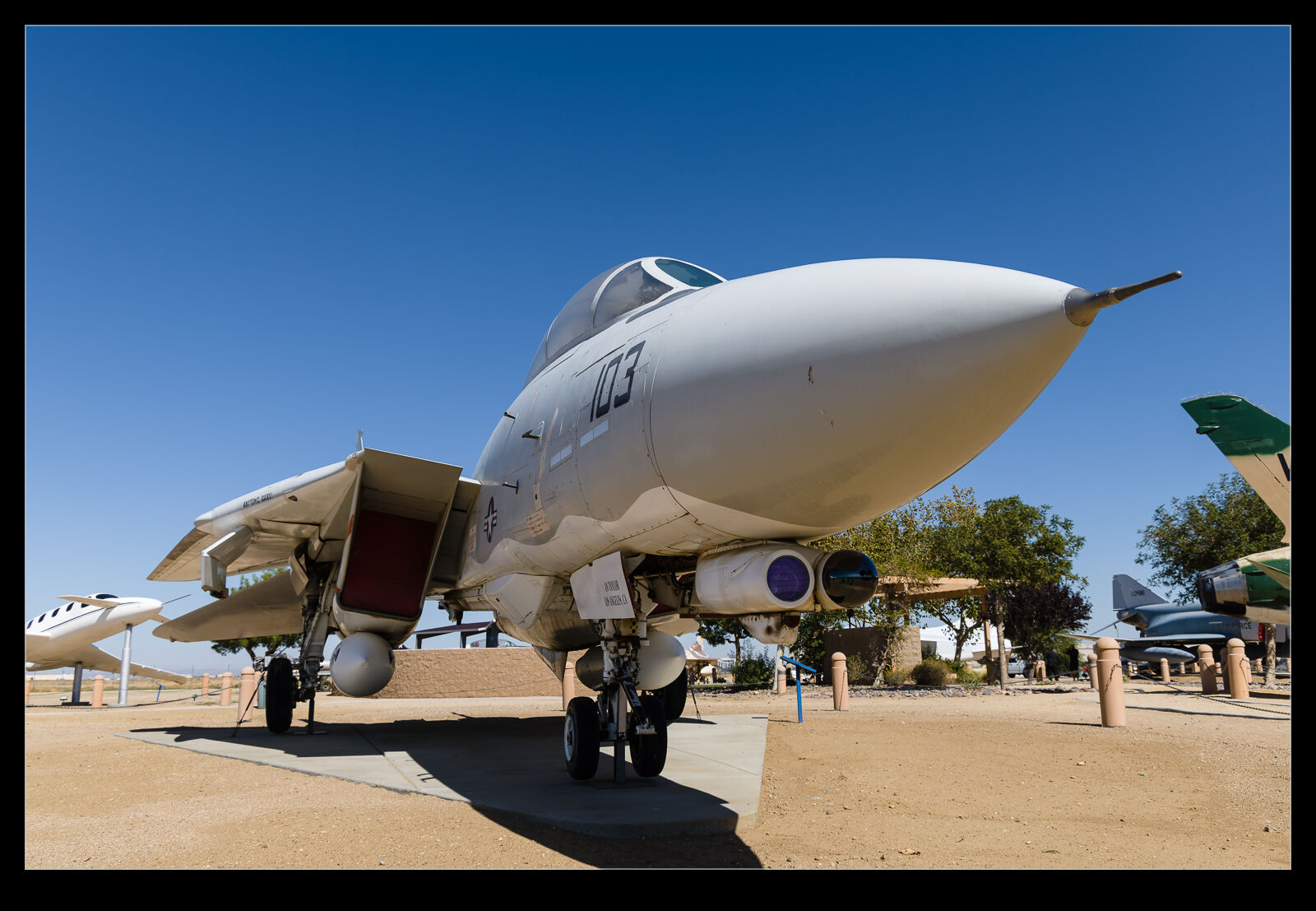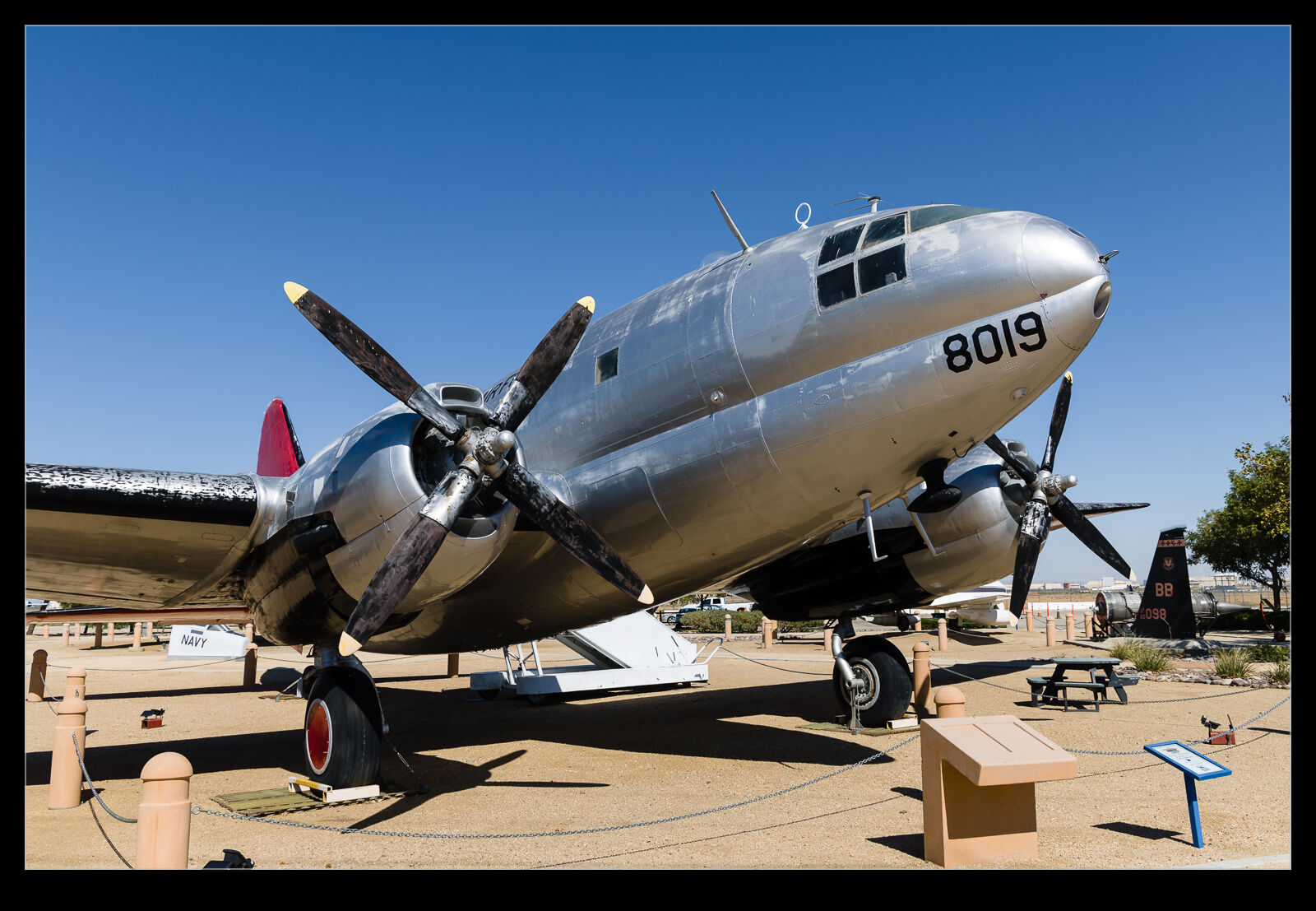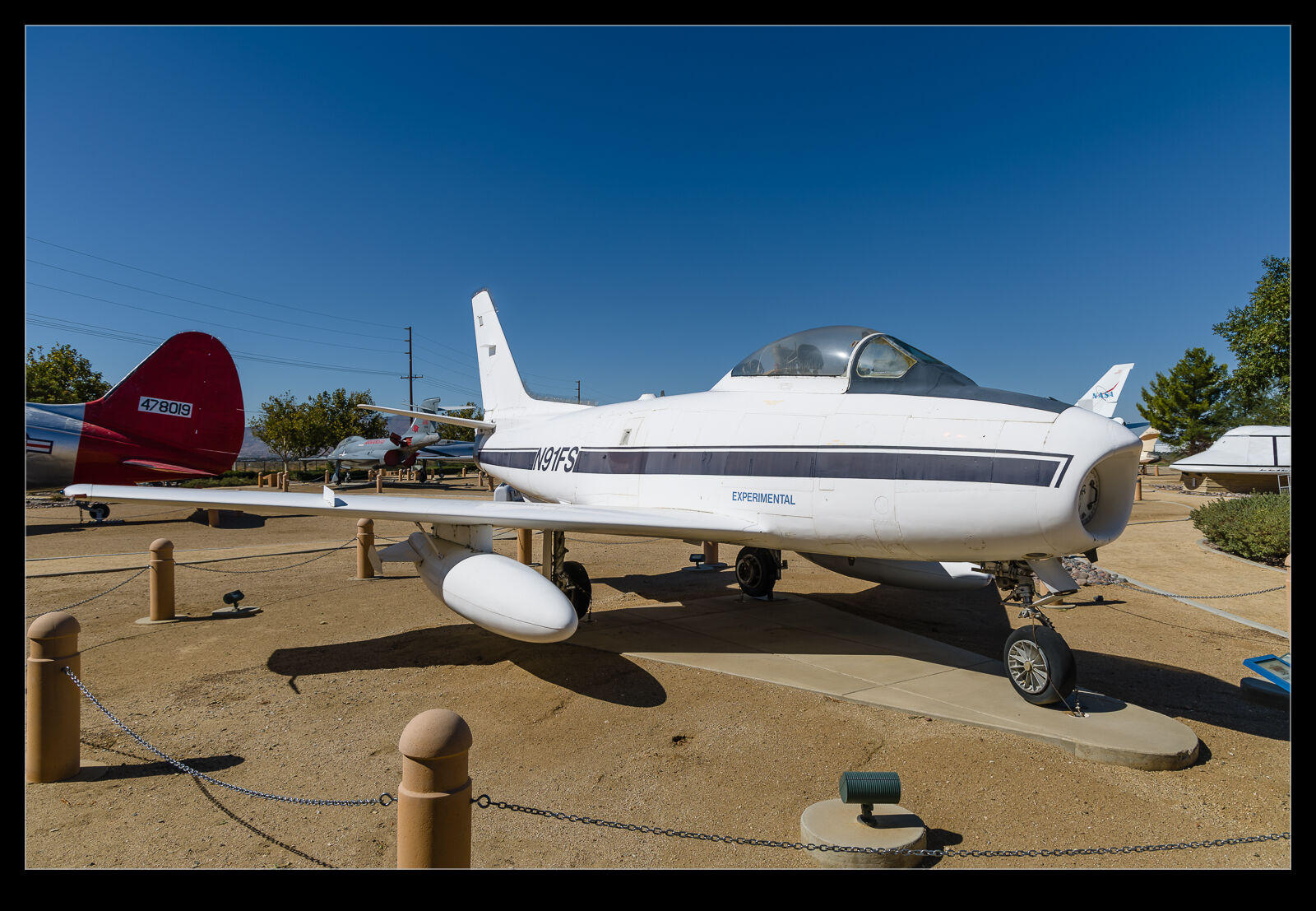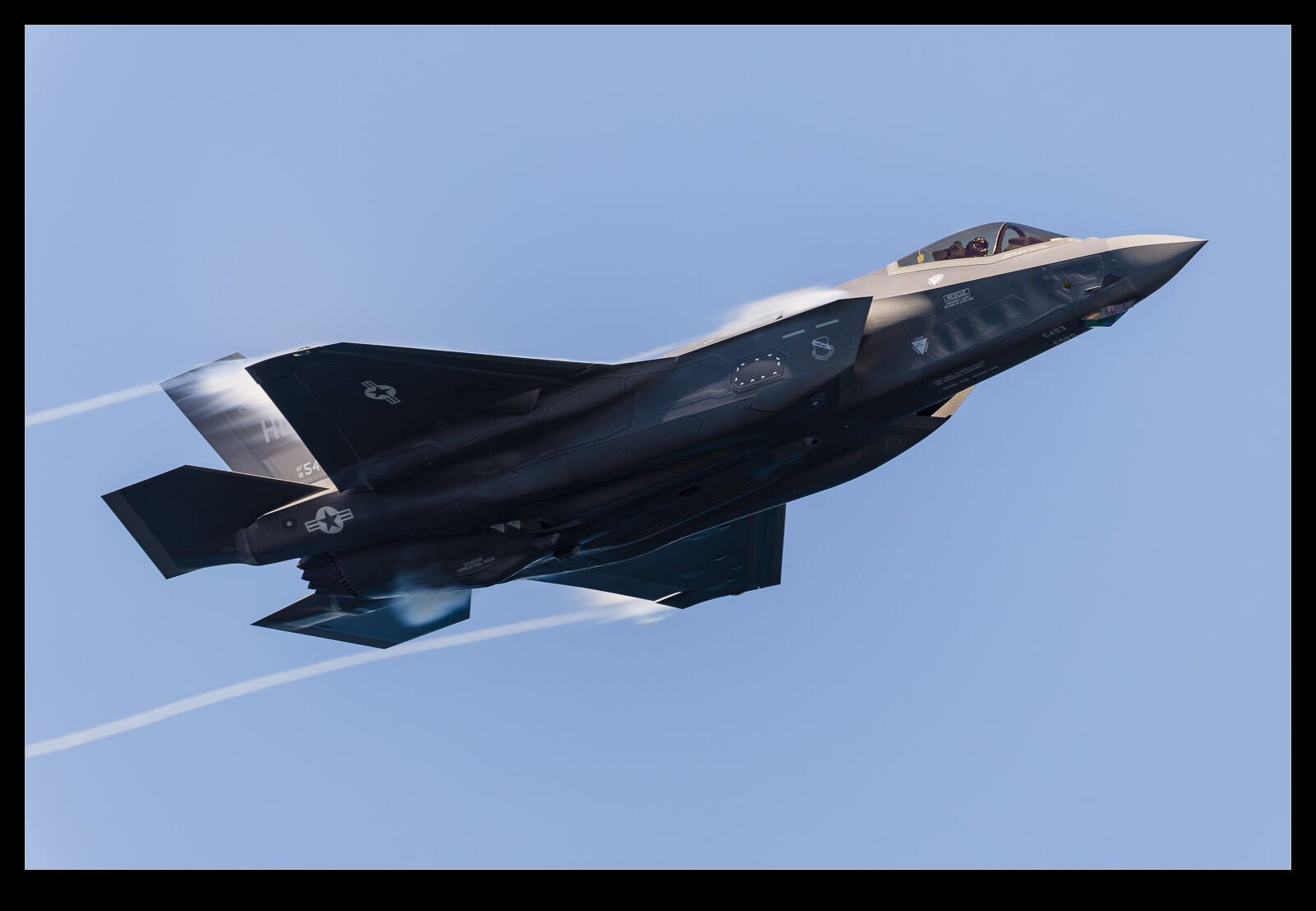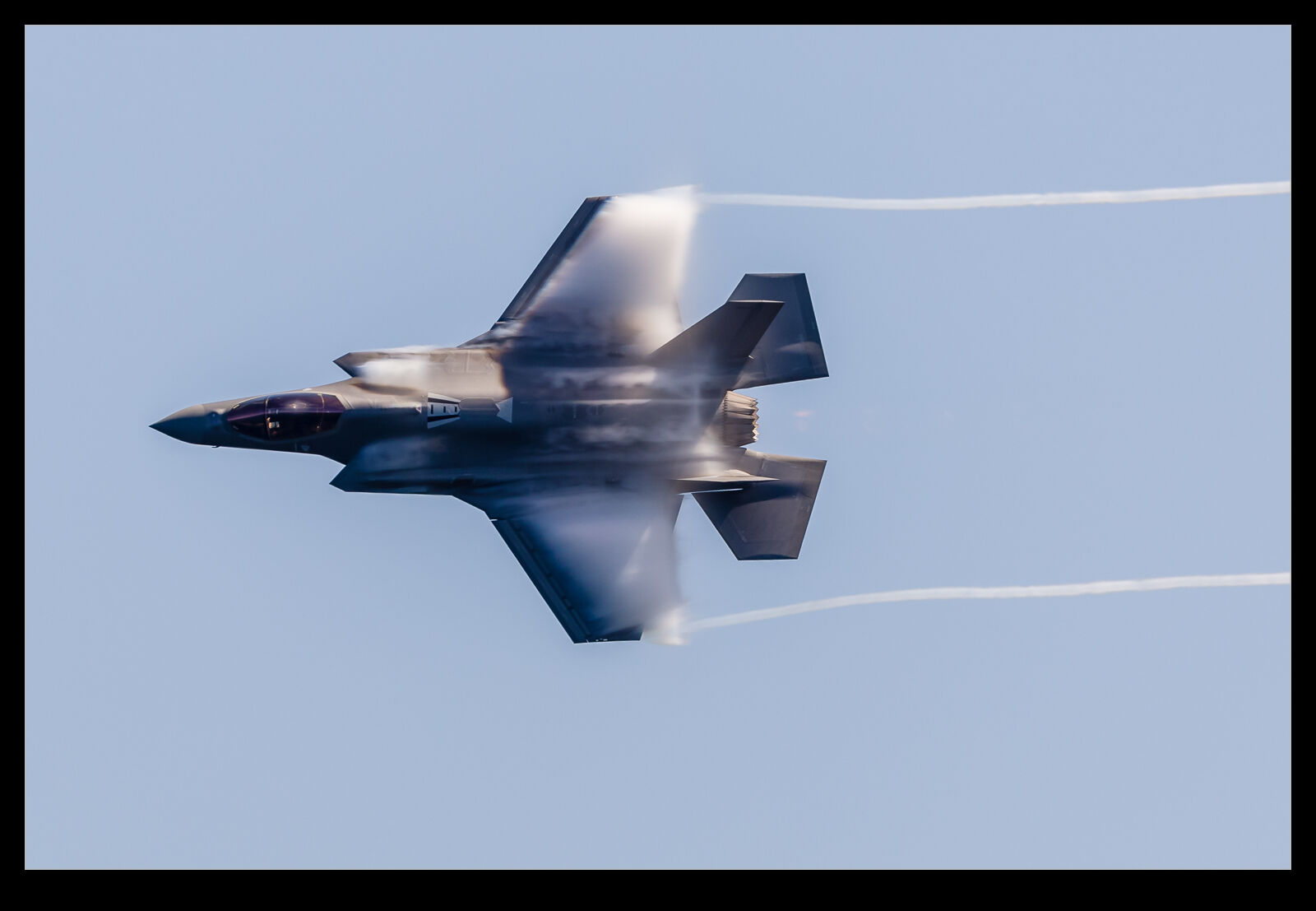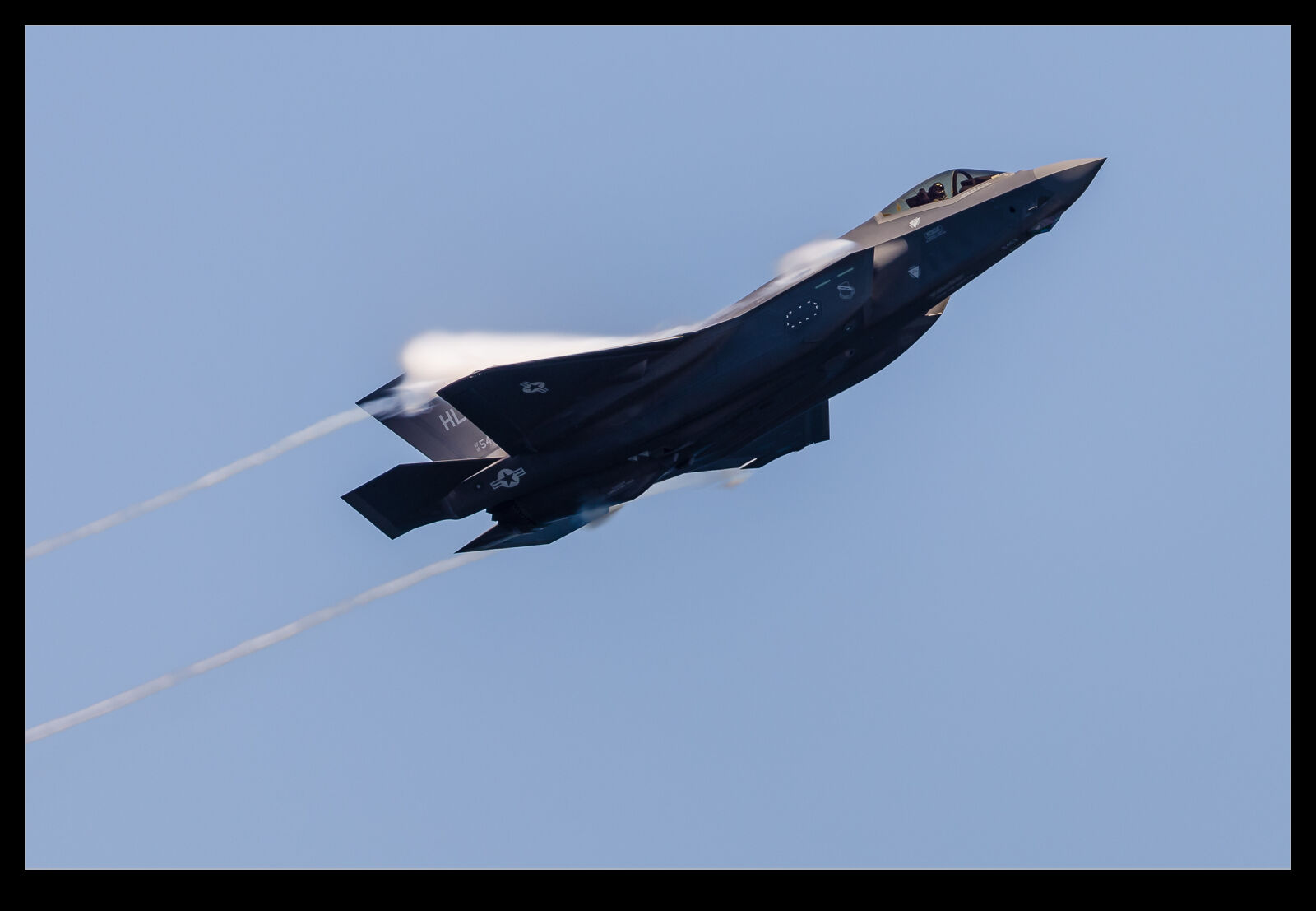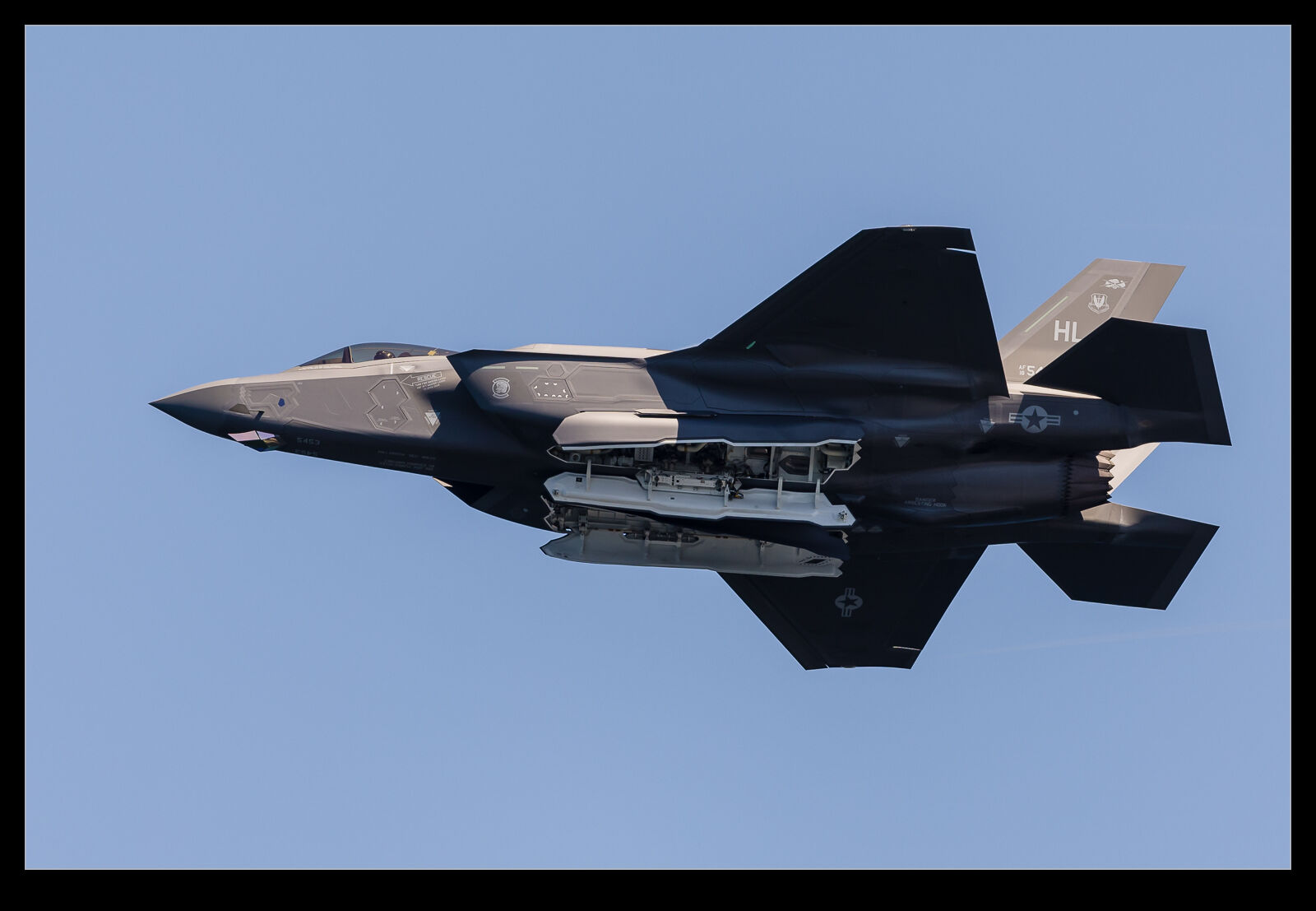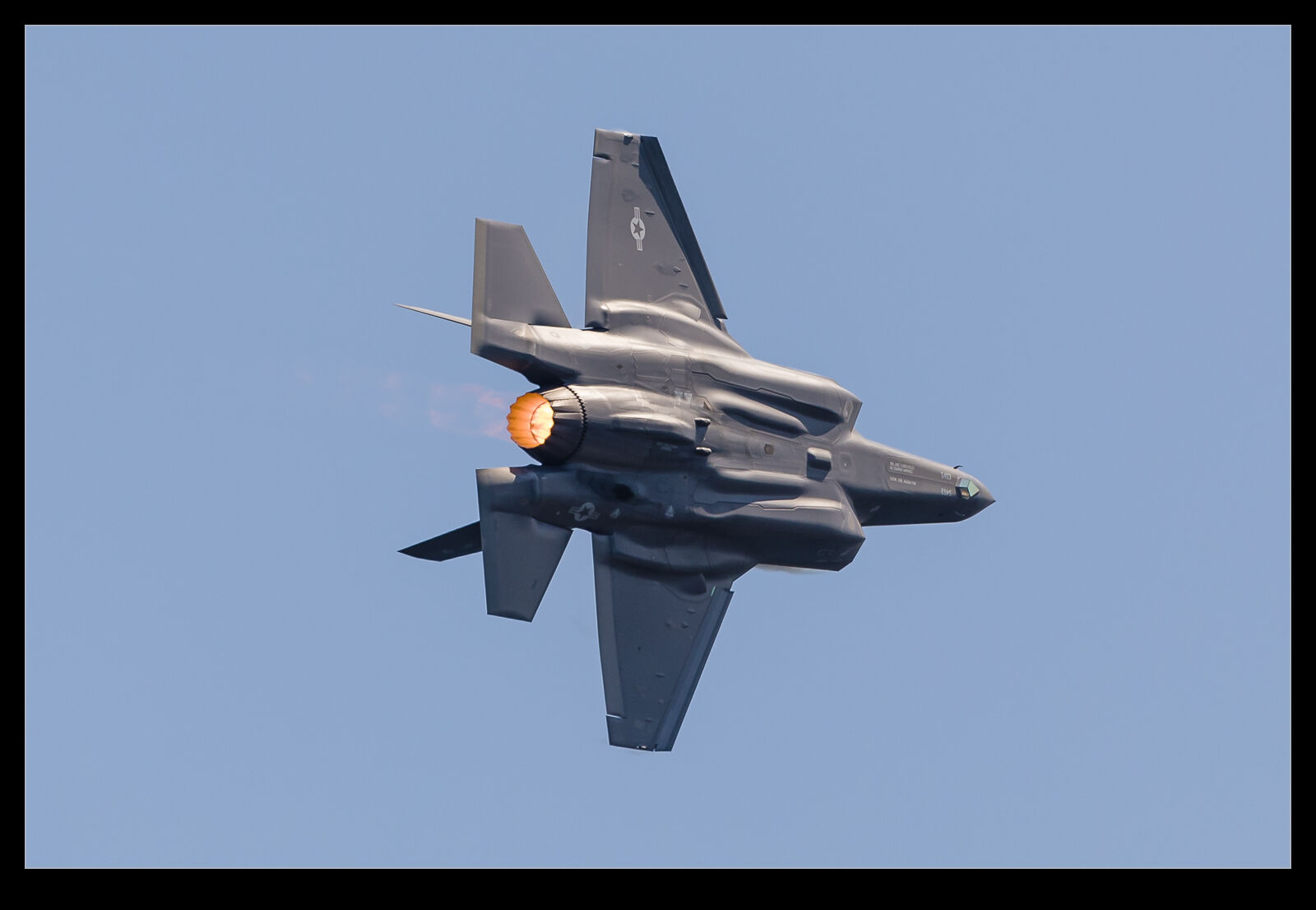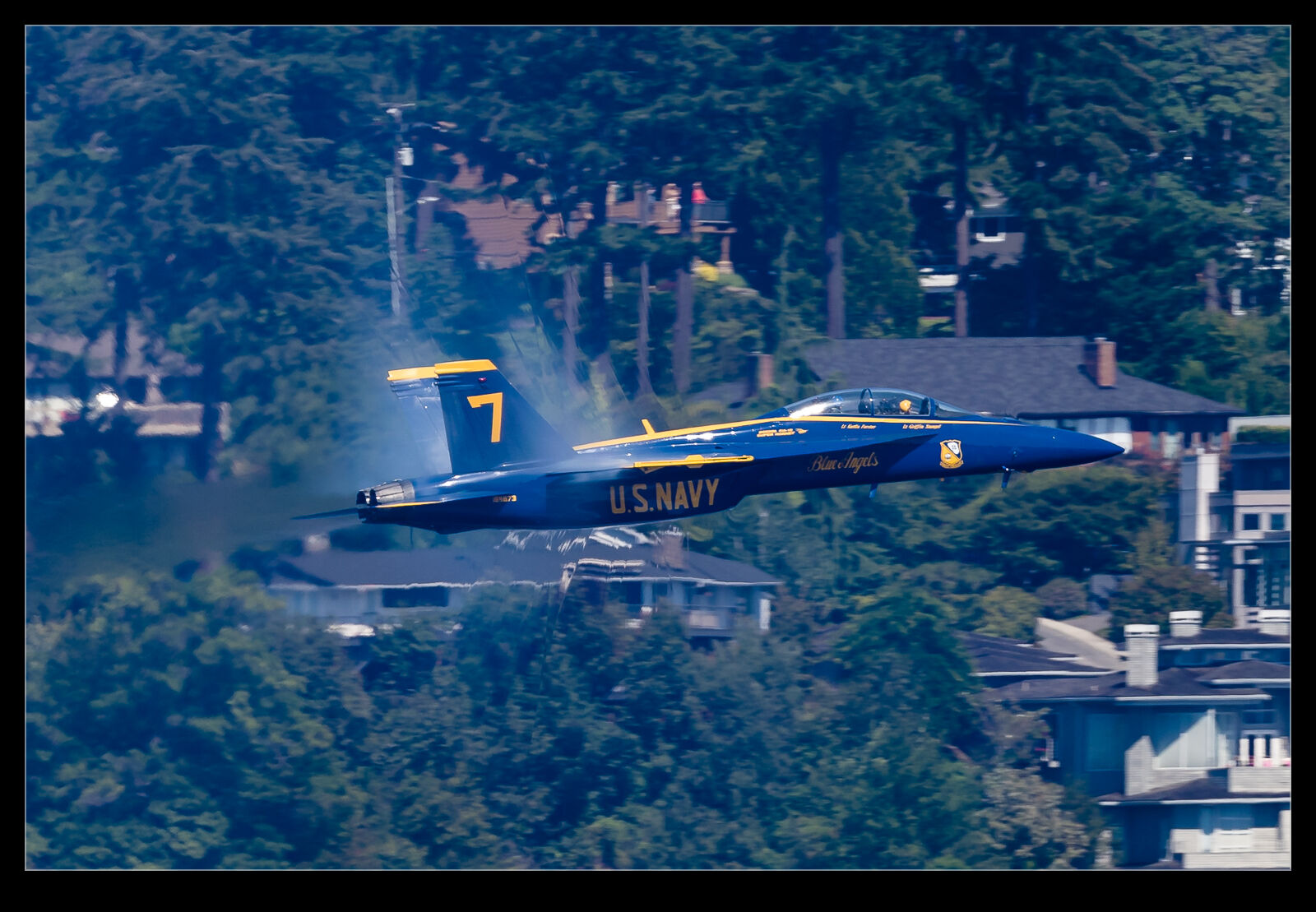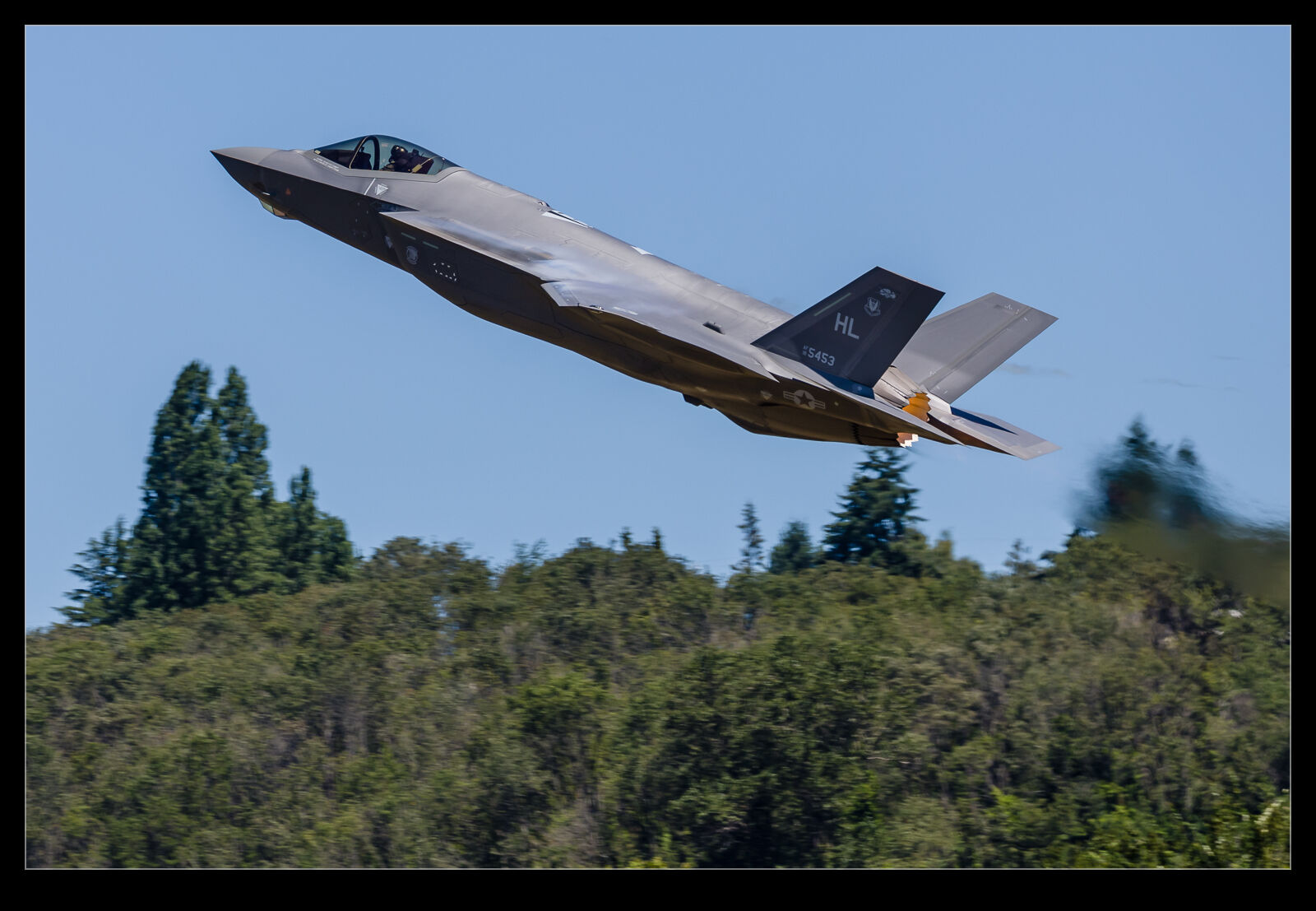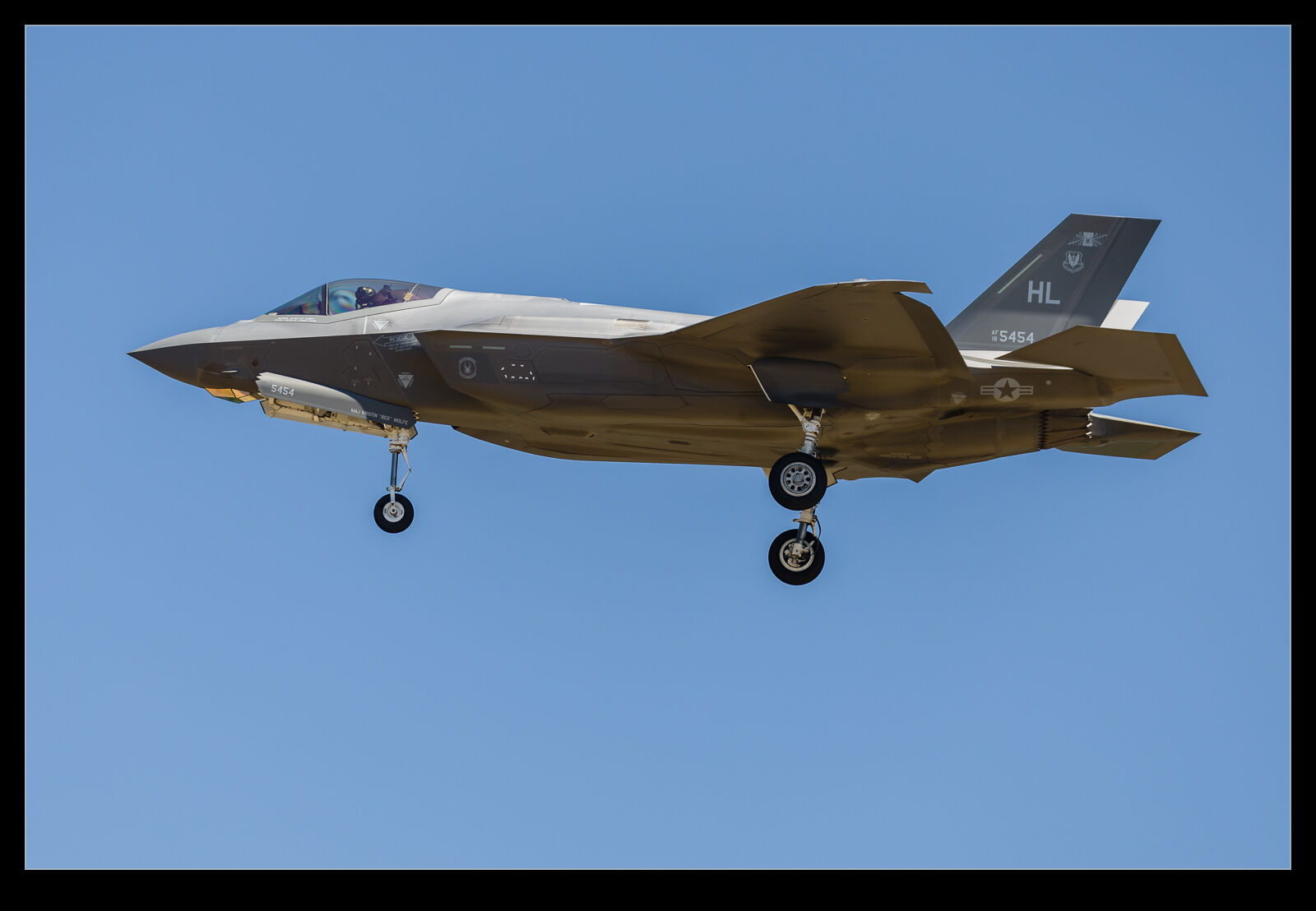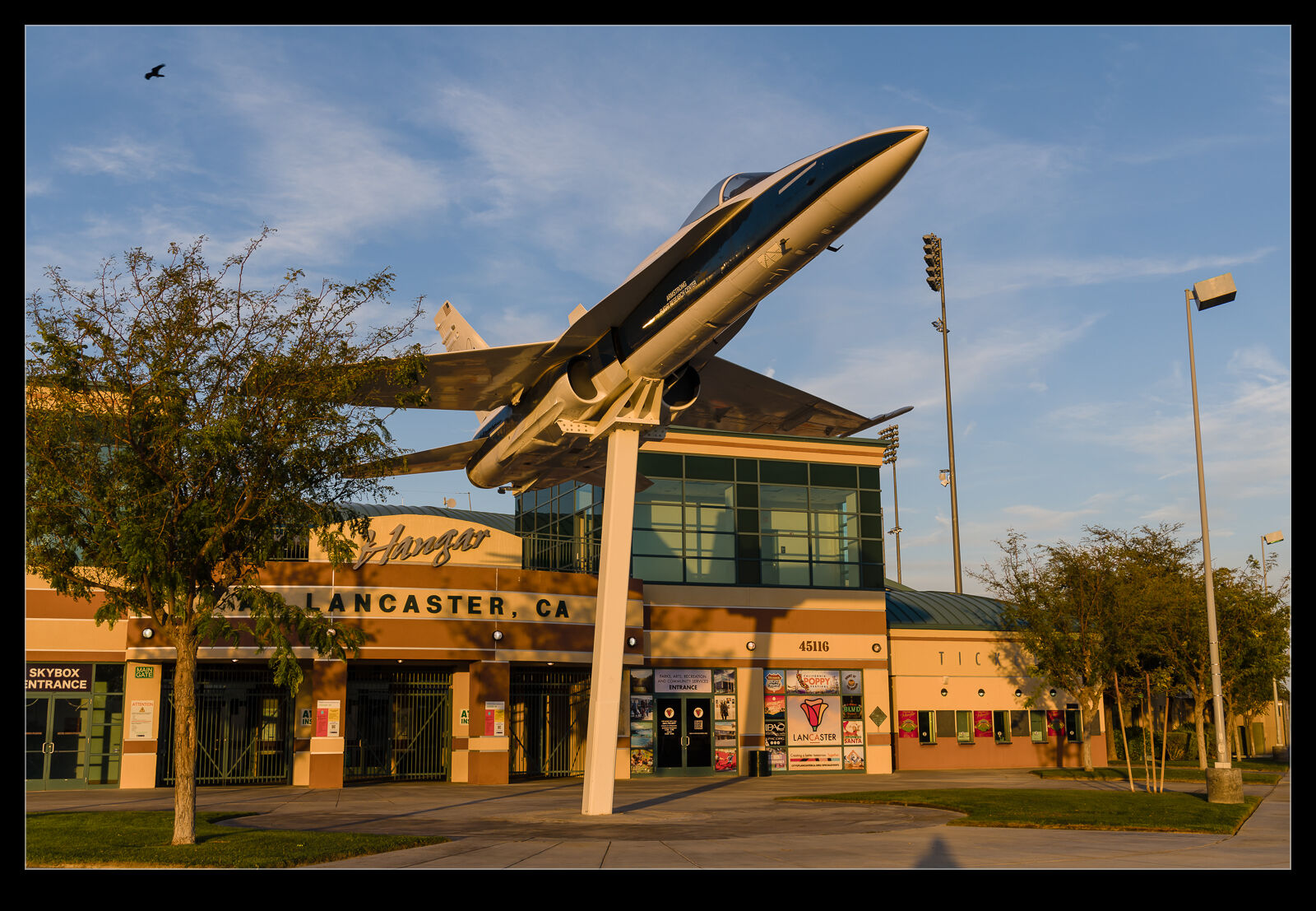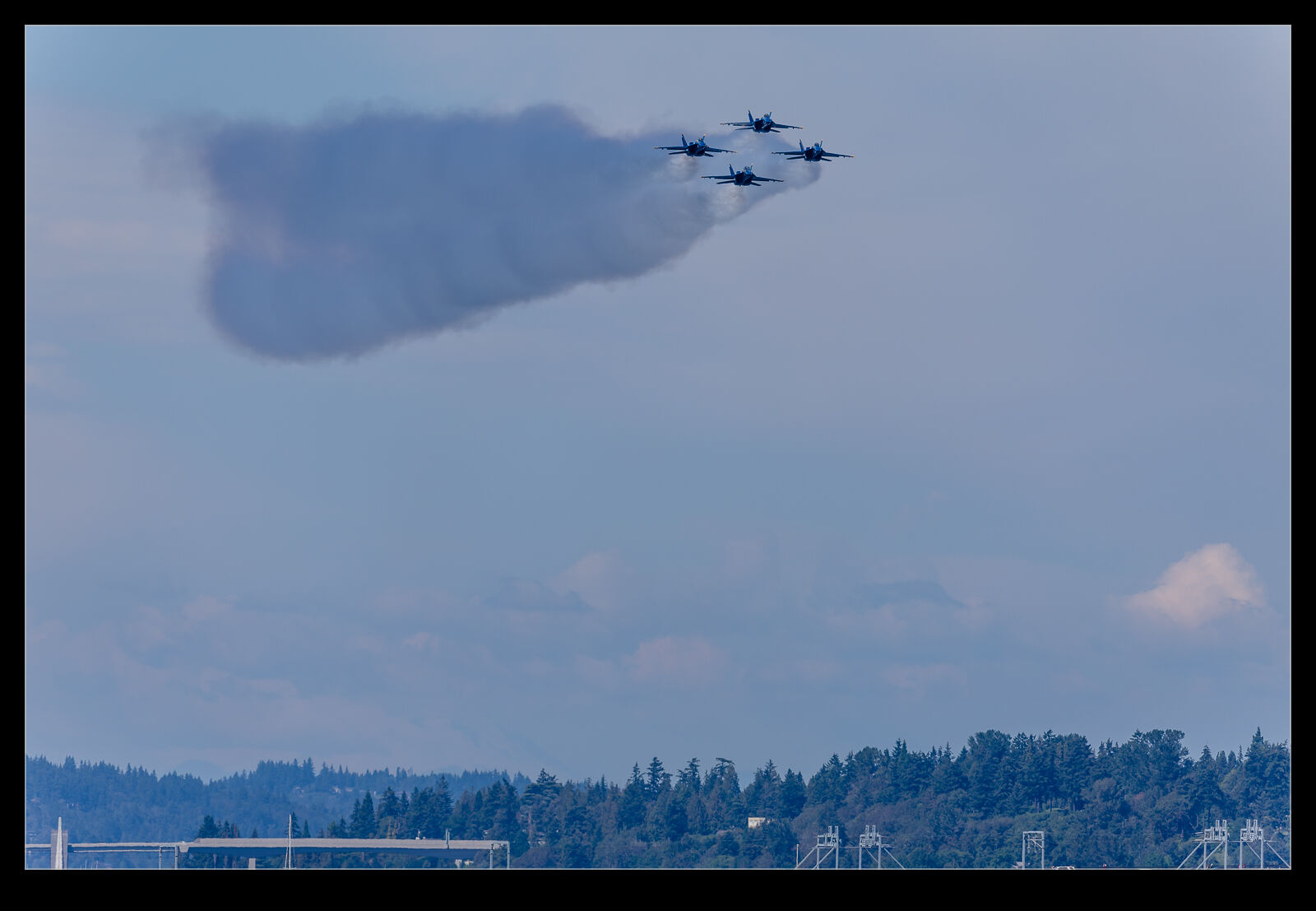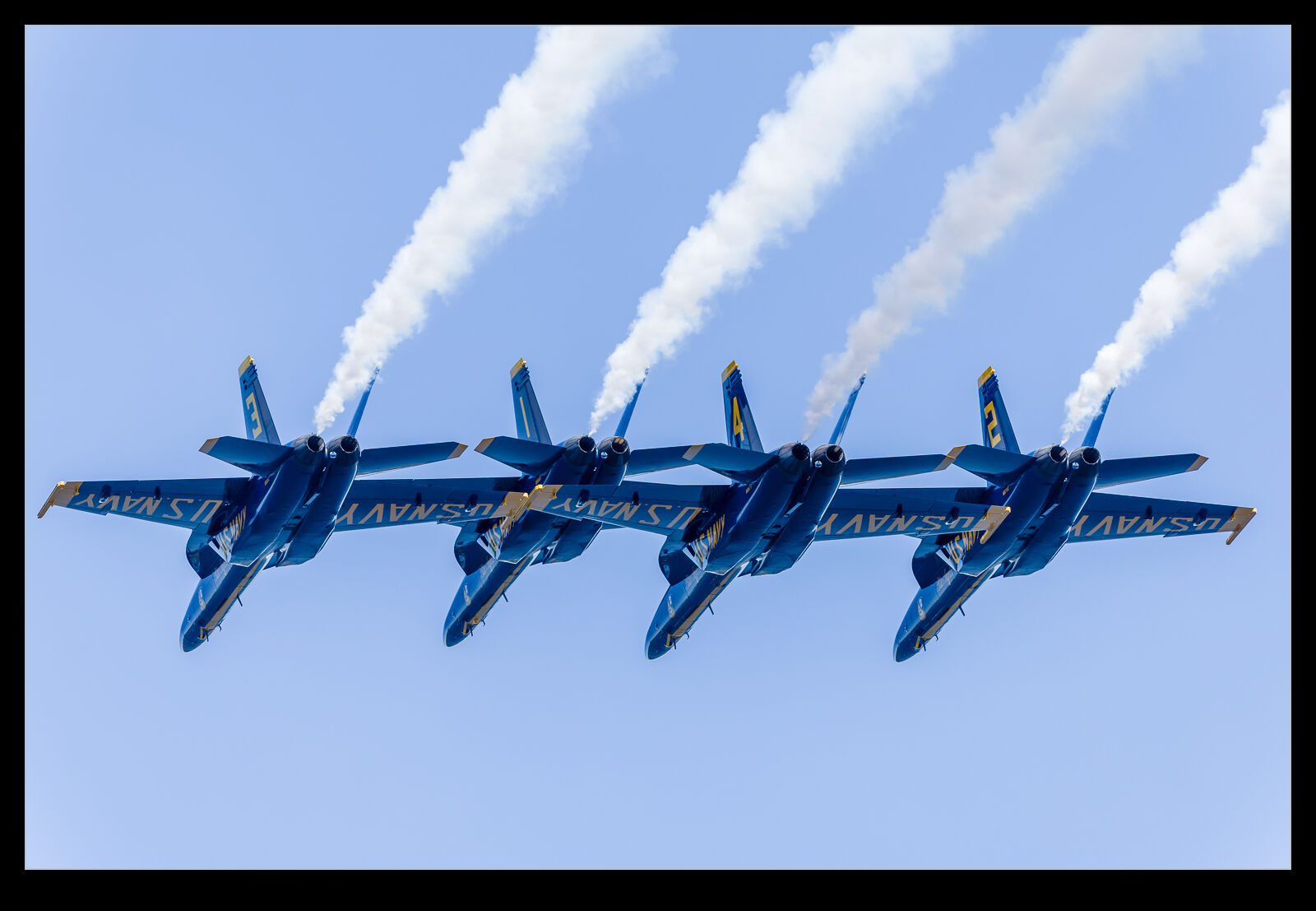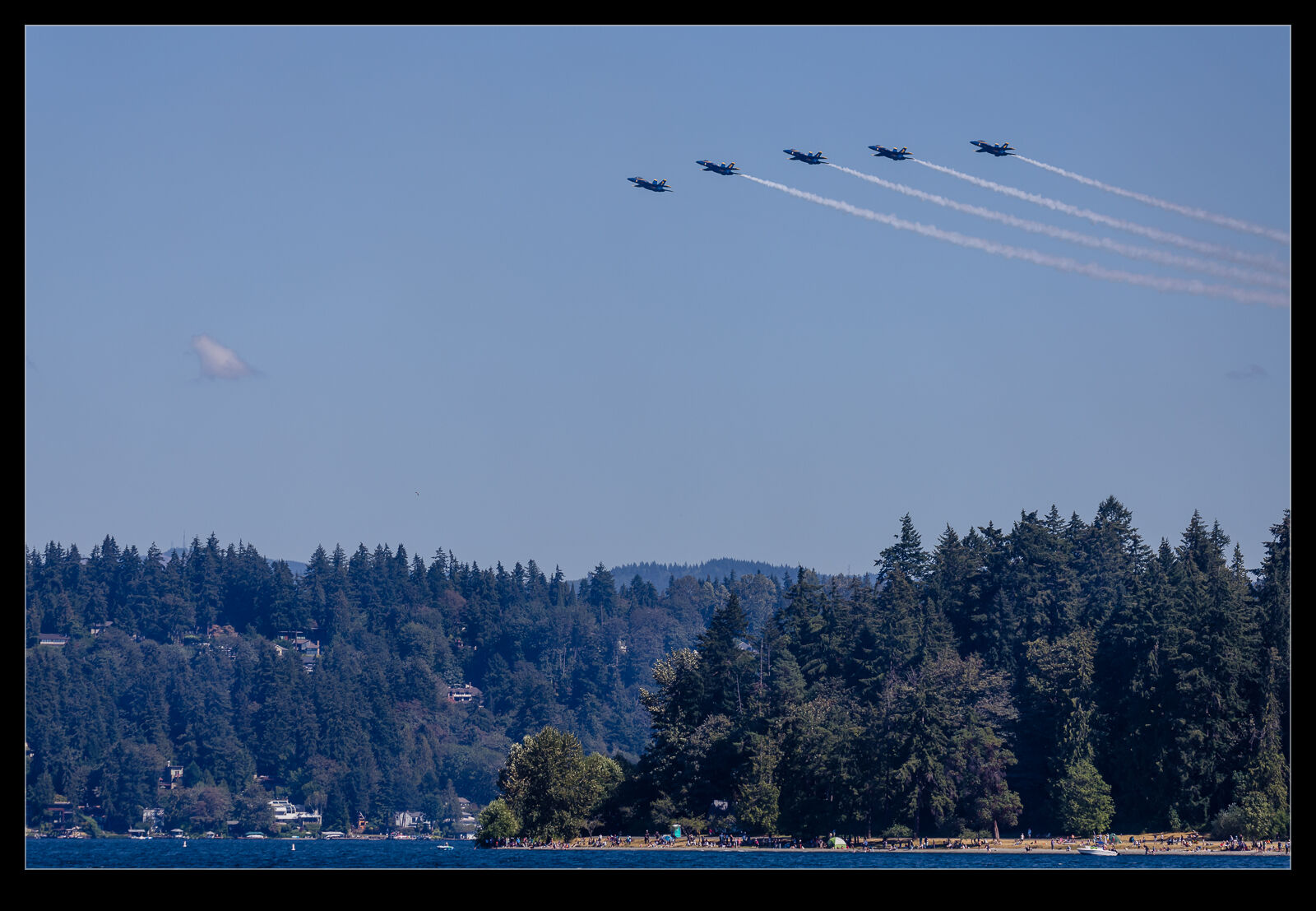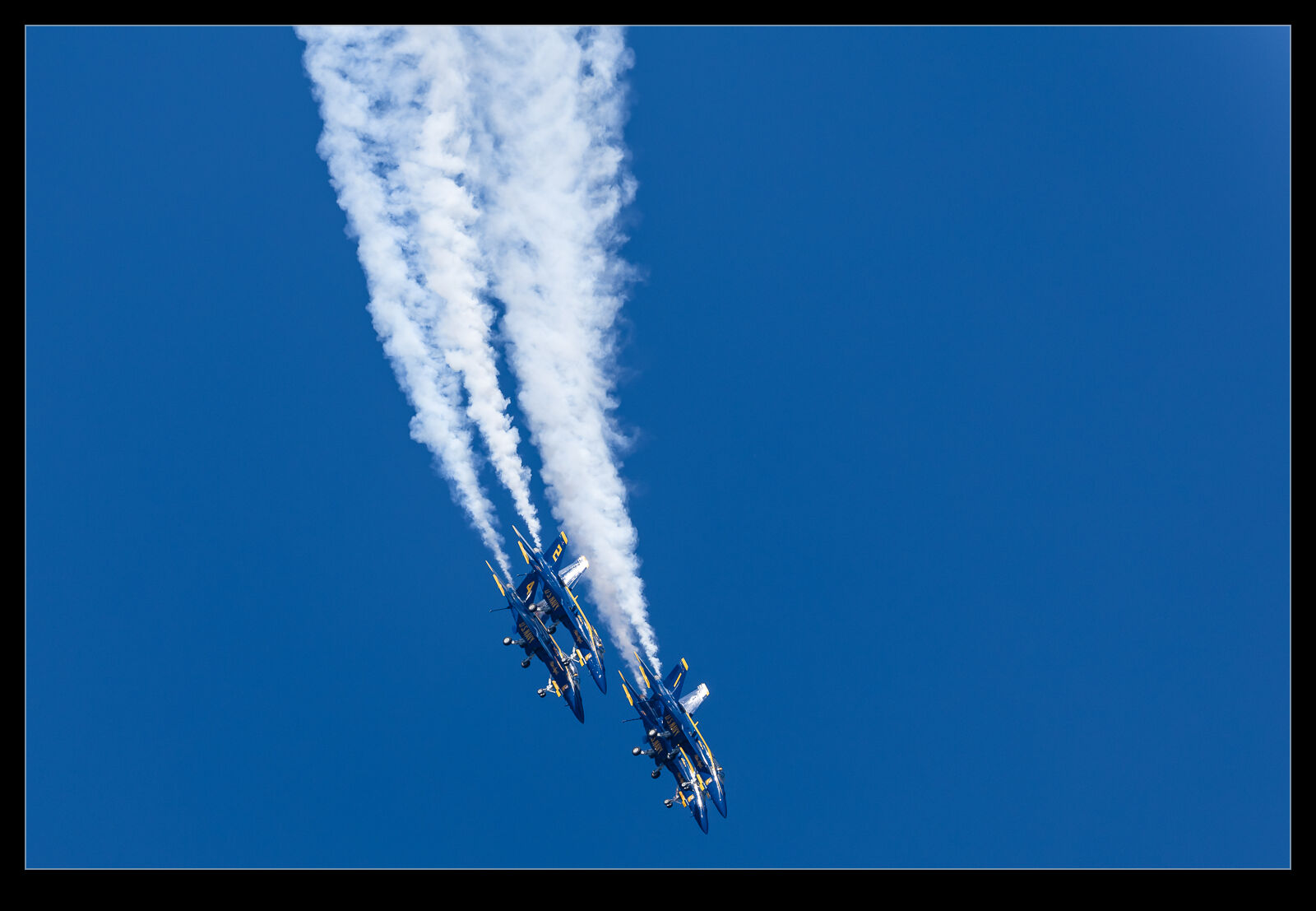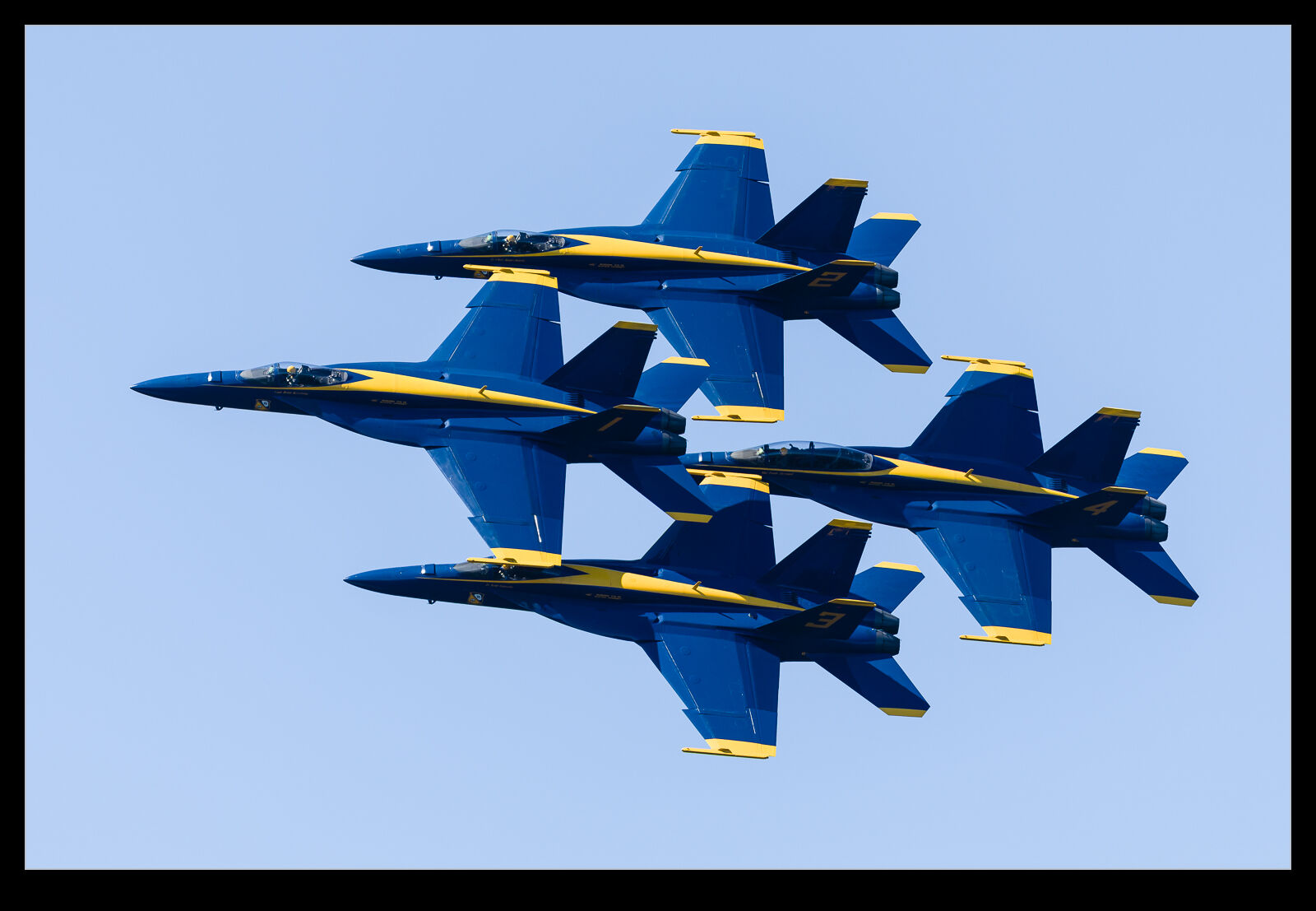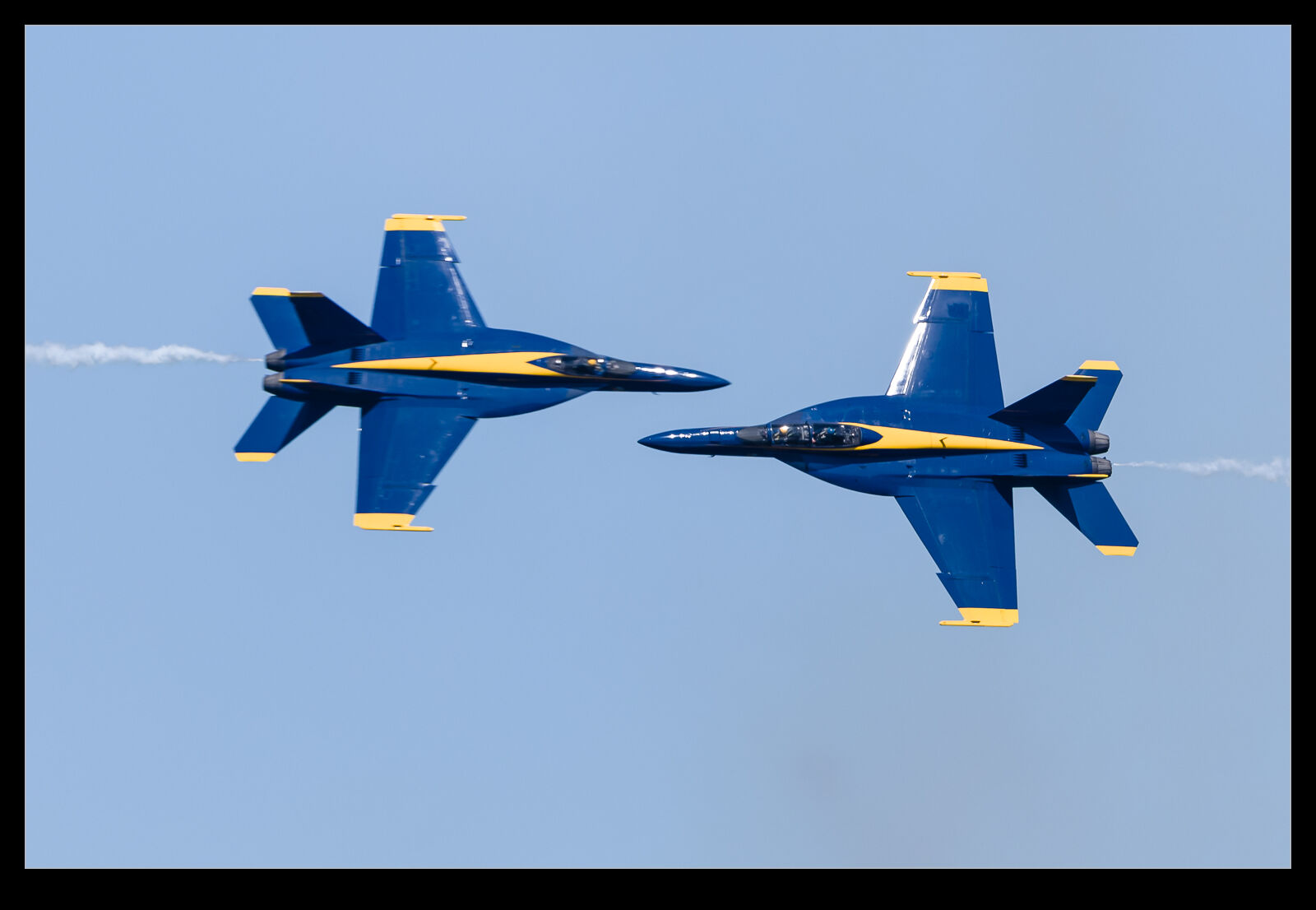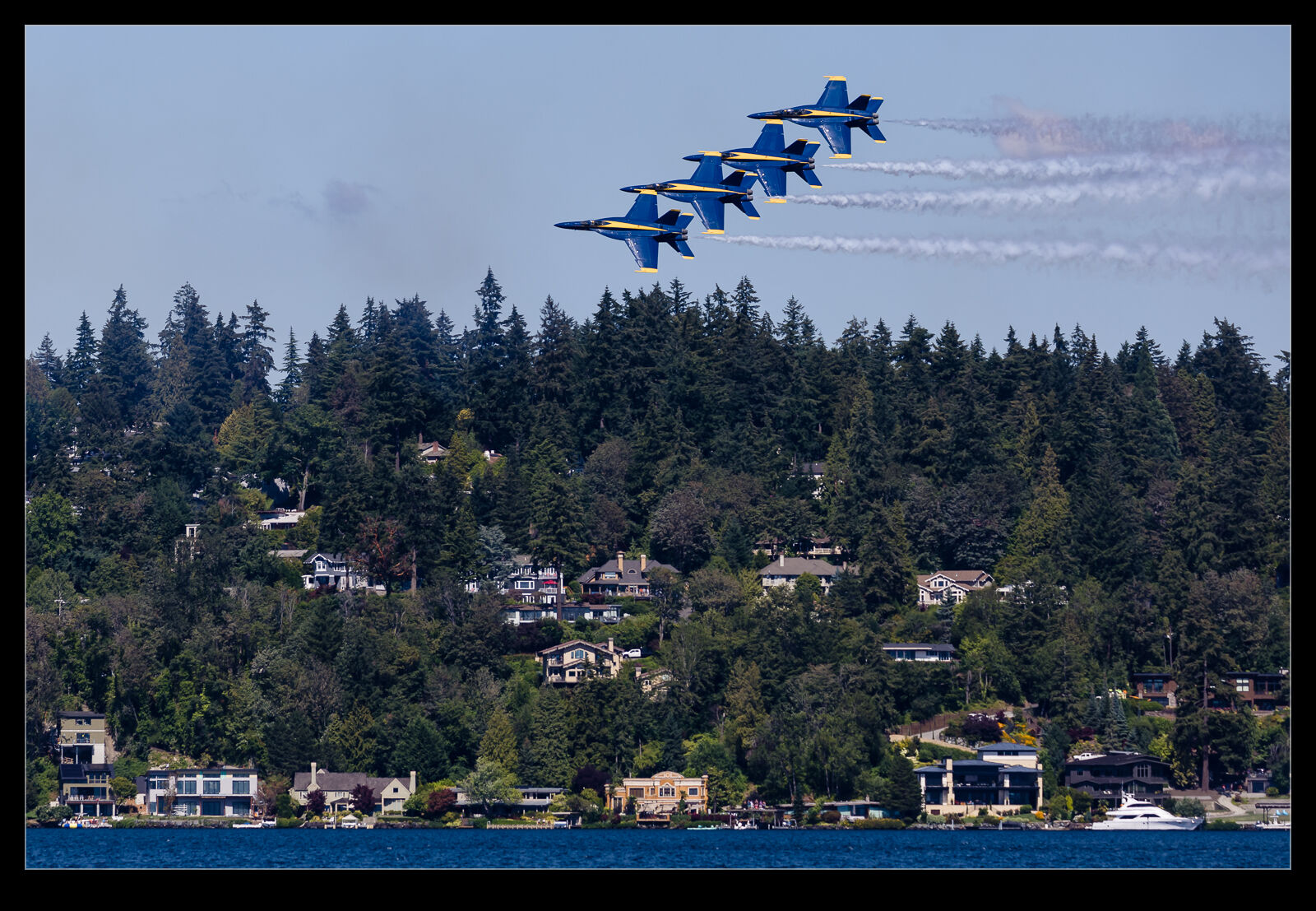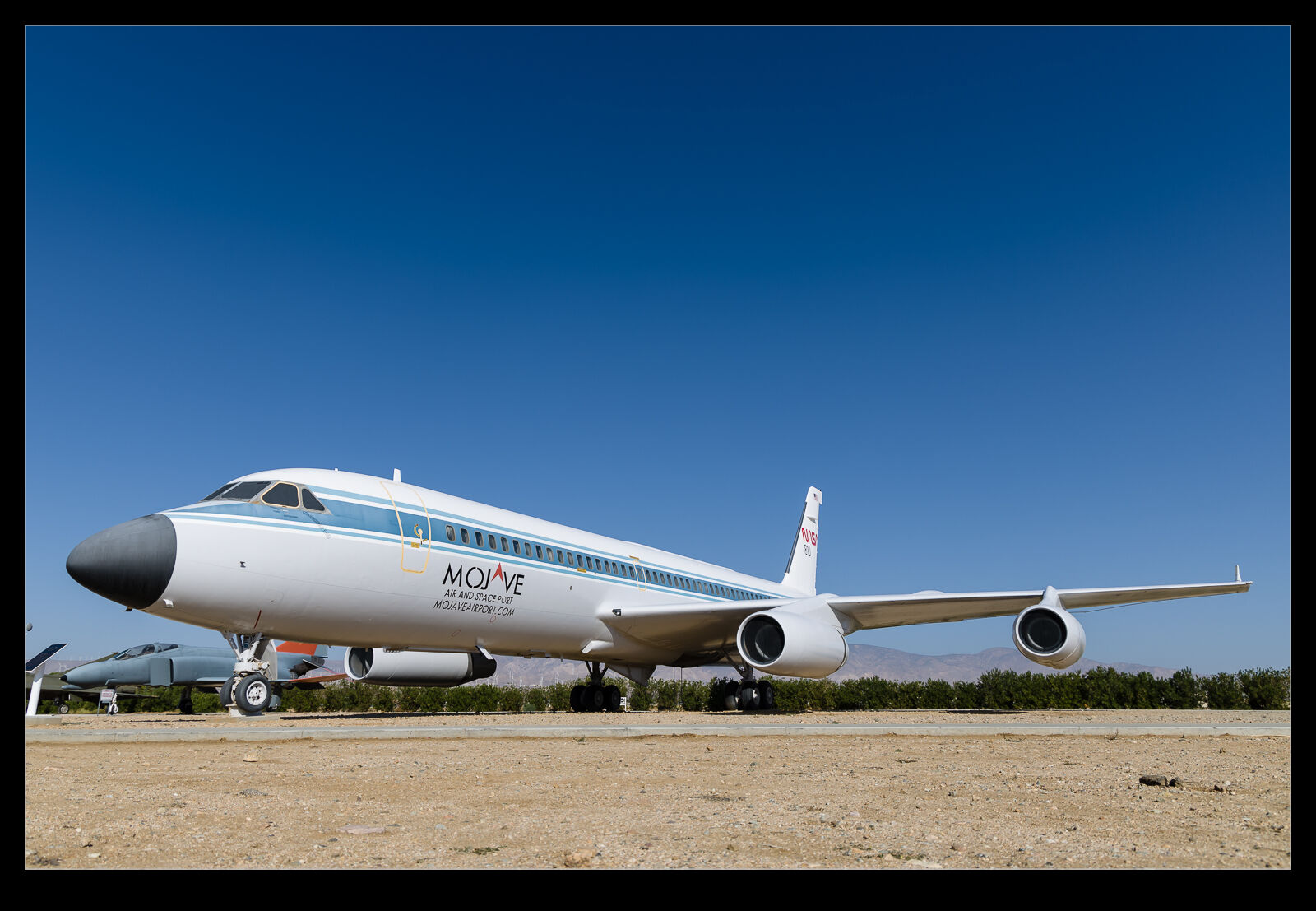 At the main entrance to the airport at Mojave is an area with some preserved aircraft from test programs. While Mojave is not particularly welcoming to visiting photographers on most of their land, this location seems to be just fine. The dominant aircraft is an ex-NASA Convair CV990. It was used for Space Shuttle landing gear trials amongst many other things. It is joined by an ex-USAF F-4 Phantom and a SAAB 35 Draken that had a second life at Mojave after retirement from the Royal Danish Air Force.
At the main entrance to the airport at Mojave is an area with some preserved aircraft from test programs. While Mojave is not particularly welcoming to visiting photographers on most of their land, this location seems to be just fine. The dominant aircraft is an ex-NASA Convair CV990. It was used for Space Shuttle landing gear trials amongst many other things. It is joined by an ex-USAF F-4 Phantom and a SAAB 35 Draken that had a second life at Mojave after retirement from the Royal Danish Air Force.
Tag Archives: fighter
Edwards Plane On A Pole
 Heading into the show at Edwards took you past a lot of planes that had been preserved outside the base buildings. The parking areas around these buildings had been coned off given that there were thousands of vehicles making their way along the roads so stopping to grab shots looked like it might be frowned upon. However, we weren’t always moving so it was possible to grab shots out of the window. I would like to have got more and have seen the shots of others that I missed but I did get a P-59 Airacomet on one of the poles which is a relatively rare beast.
Heading into the show at Edwards took you past a lot of planes that had been preserved outside the base buildings. The parking areas around these buildings had been coned off given that there were thousands of vehicles making their way along the roads so stopping to grab shots looked like it might be frowned upon. However, we weren’t always moving so it was possible to grab shots out of the window. I would like to have got more and have seen the shots of others that I missed but I did get a P-59 Airacomet on one of the poles which is a relatively rare beast.
One Of The Oldest Tornados
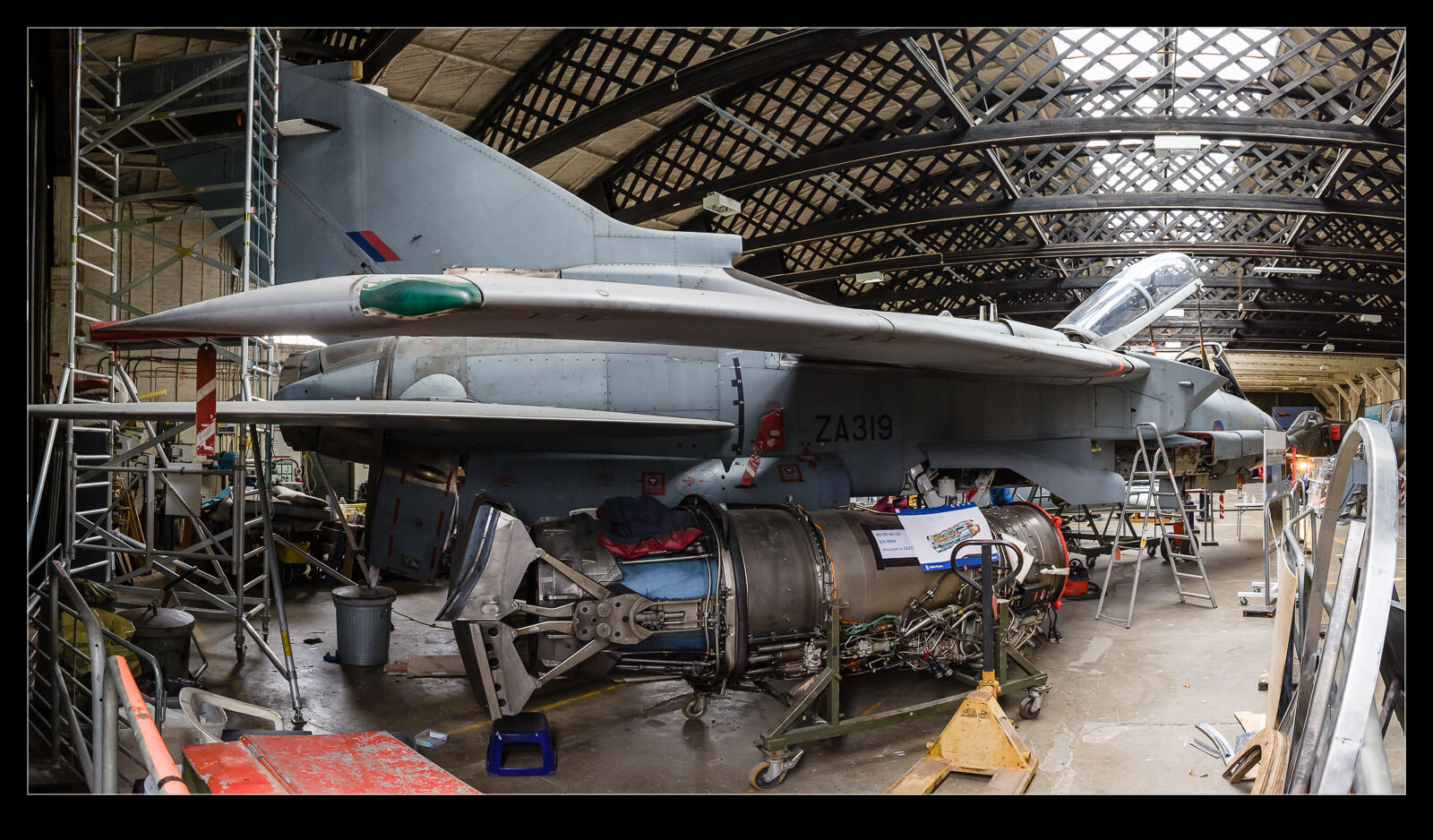 The Tornado was entering service in big numbers with the RAF at the same time that I was getting seriously into aviation. I always felt it was the plane I knew the best. When I ended up working on them, it felt like a continuation of my youthful enthusiasm. The Tornado GR1 was my jet. After I moved on to other projects, MLU came along and that became the GR4. Somehow, the GR4 never felt like it was mine. I was a GR1 kid.
The Tornado was entering service in big numbers with the RAF at the same time that I was getting seriously into aviation. I always felt it was the plane I knew the best. When I ended up working on them, it felt like a continuation of my youthful enthusiasm. The Tornado GR1 was my jet. After I moved on to other projects, MLU came along and that became the GR4. Somehow, the GR4 never felt like it was mine. I was a GR1 kid.
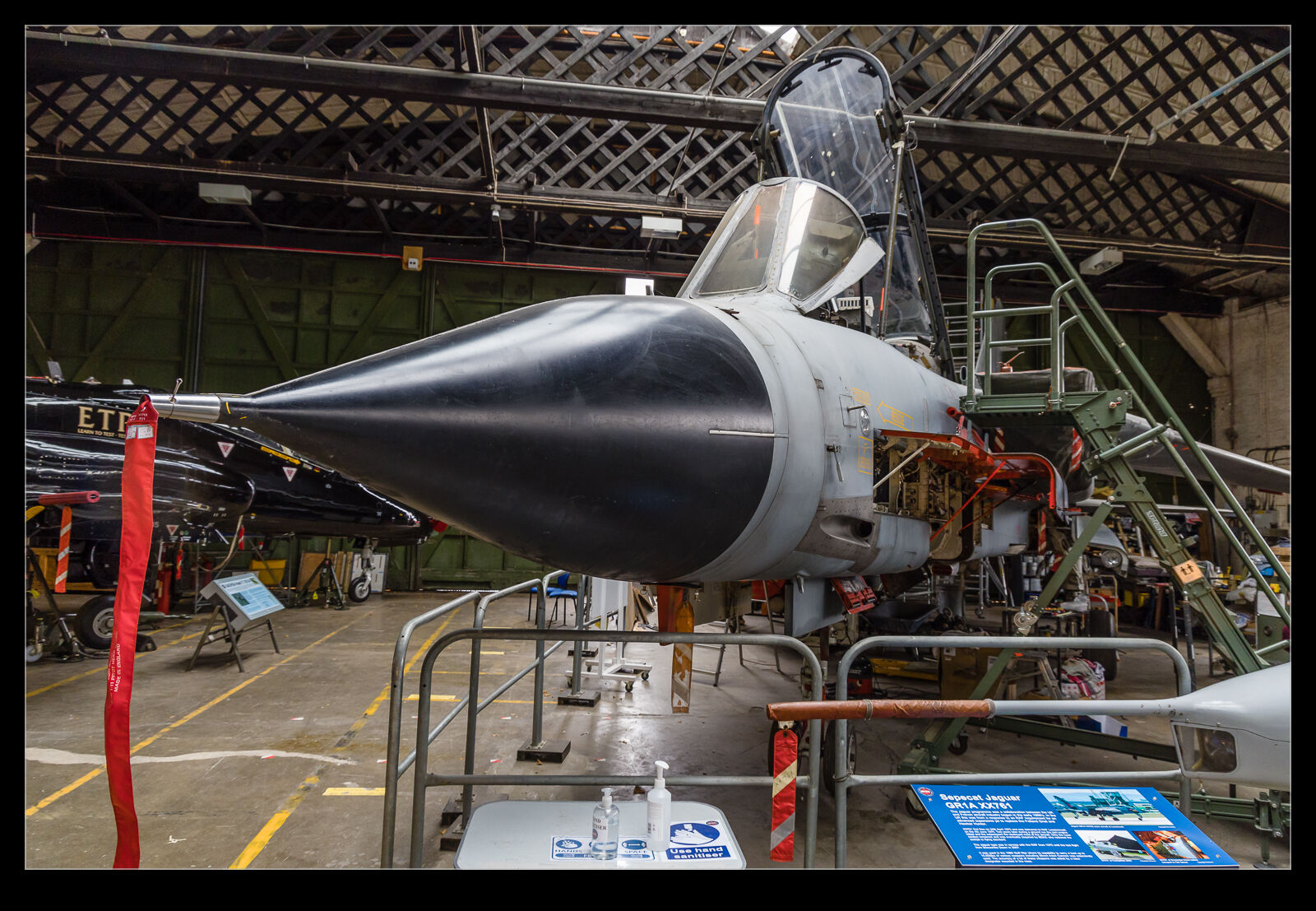 When I went to the Boscombe Down Aviation Collection at Old Sarum, there was a Tornado at one end of the hangar. It was a GR1 that had never been updated. Better than that, is was one of the earliest production jets that the RAF received. Some of the test jets at Warton were from this batch so this one really felt like one of the originals for me. The Tornado is long gone from RAF service but, for me, to see one of these earlier jets was really a treat. Camo with black radomes is how the Tornado should look!
When I went to the Boscombe Down Aviation Collection at Old Sarum, there was a Tornado at one end of the hangar. It was a GR1 that had never been updated. Better than that, is was one of the earliest production jets that the RAF received. Some of the test jets at Warton were from this batch so this one really felt like one of the originals for me. The Tornado is long gone from RAF service but, for me, to see one of these earlier jets was really a treat. Camo with black radomes is how the Tornado should look!
NASA Formations
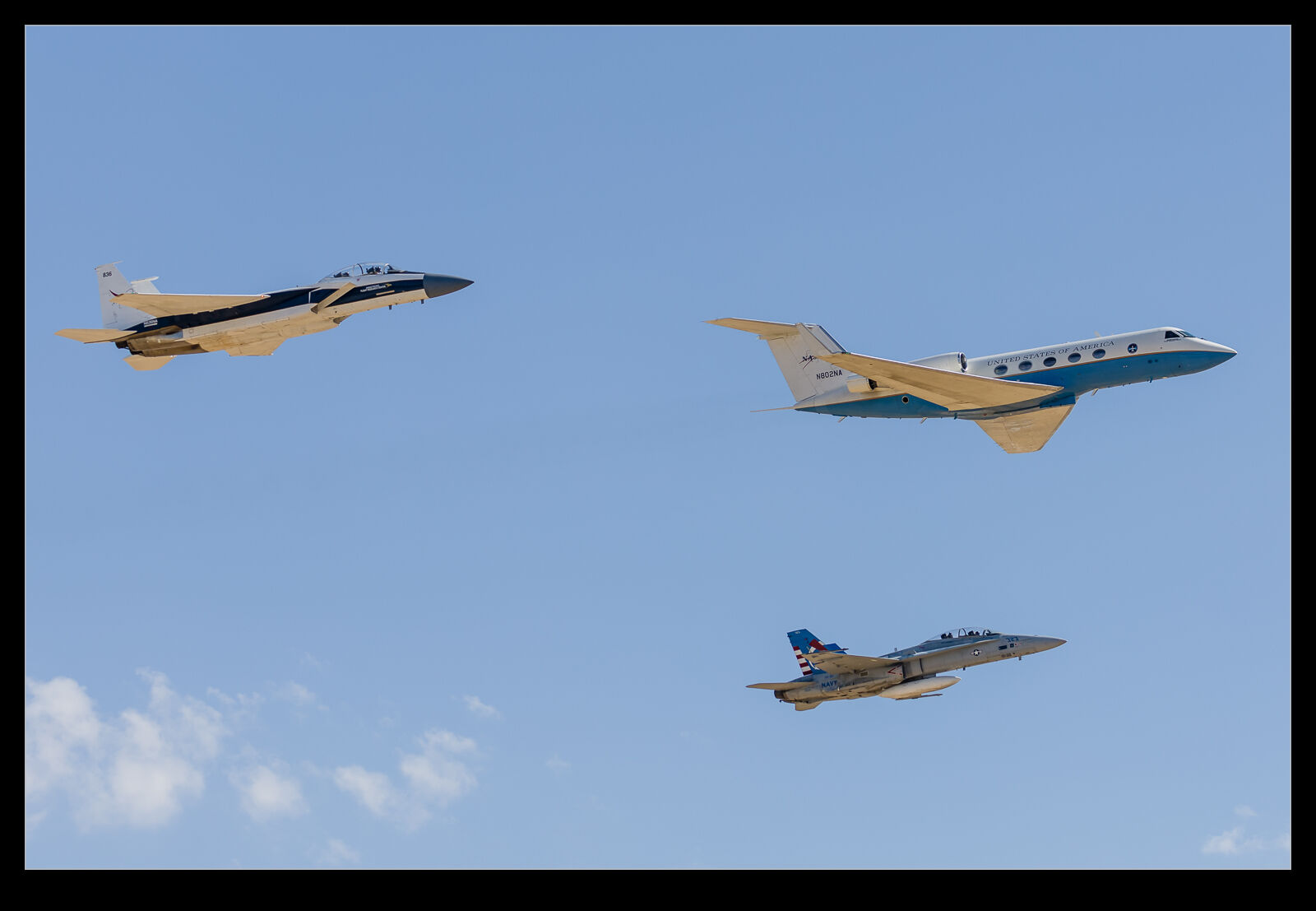 Edwards AFB might be the home of the USAF flight test center but it is also home for NASA’s Armstrong test center. Consequently, NASA was included in the flying display. They put up a three ship formation that mad a series of passes. The formation was led by a Gulfstream with an F-15 and an F/A-18 on the wing tips. The Eagle is one that has been with NASA for years and is painted in a white scheme. The Hornet was still in Strike Test colors from Pax River but I have no idea how long it has been with NASA.
Edwards AFB might be the home of the USAF flight test center but it is also home for NASA’s Armstrong test center. Consequently, NASA was included in the flying display. They put up a three ship formation that mad a series of passes. The formation was led by a Gulfstream with an F-15 and an F/A-18 on the wing tips. The Eagle is one that has been with NASA for years and is painted in a white scheme. The Hornet was still in Strike Test colors from Pax River but I have no idea how long it has been with NASA.
 The two jets also did some demonstrations of sonic booms as they maneuvered high above the crowd with the booms reaching the ground at different times depending on how high they had been created. The sound was also modified by the maneuvering of the jet. Formations like this don’t appear regularly at air shows so this was a welcome addition to the flying program.
The two jets also did some demonstrations of sonic booms as they maneuvered high above the crowd with the booms reaching the ground at different times depending on how high they had been created. The sound was also modified by the maneuvering of the jet. Formations like this don’t appear regularly at air shows so this was a welcome addition to the flying program.
Joe Davis Airpark
 I have been through Palmdale a few times but none of those previous trips coincided with a time when the Joe Davis Airpark was open. I got to look through the fence at the aircraft on display but couldn’t go in. This time, I was better prepared and was able to check the place out at my leisure (if you ignore having to do a Teams call halfway through while trying to find some shade and avoid noisy kids). As it happened, they were planning on closing earlier than scheduled that day so I could have had another miss if I had waited until later in the day!
I have been through Palmdale a few times but none of those previous trips coincided with a time when the Joe Davis Airpark was open. I got to look through the fence at the aircraft on display but couldn’t go in. This time, I was better prepared and was able to check the place out at my leisure (if you ignore having to do a Teams call halfway through while trying to find some shade and avoid noisy kids). As it happened, they were planning on closing earlier than scheduled that day so I could have had another miss if I had waited until later in the day!
 The park has a wide variety of aircraft types scattered around. Photography is okay as things are not right on top of each other but the desert sun is still pretty harsh and so doesn’t make for the best results. Still, I’m not going to stop shooting images just for that reason. There are a couple of more unusual types on display and at least one of those is going to get its own post. There are plenty of fighters and trainers. An F-14 is always a welcome jet on display but an A-7 is also going to go down well with me as will an F-101. The C-140 was a nice surprise as I do like a JetStar.
The park has a wide variety of aircraft types scattered around. Photography is okay as things are not right on top of each other but the desert sun is still pretty harsh and so doesn’t make for the best results. Still, I’m not going to stop shooting images just for that reason. There are a couple of more unusual types on display and at least one of those is going to get its own post. There are plenty of fighters and trainers. An F-14 is always a welcome jet on display but an A-7 is also going to go down well with me as will an F-101. The C-140 was a nice surprise as I do like a JetStar.
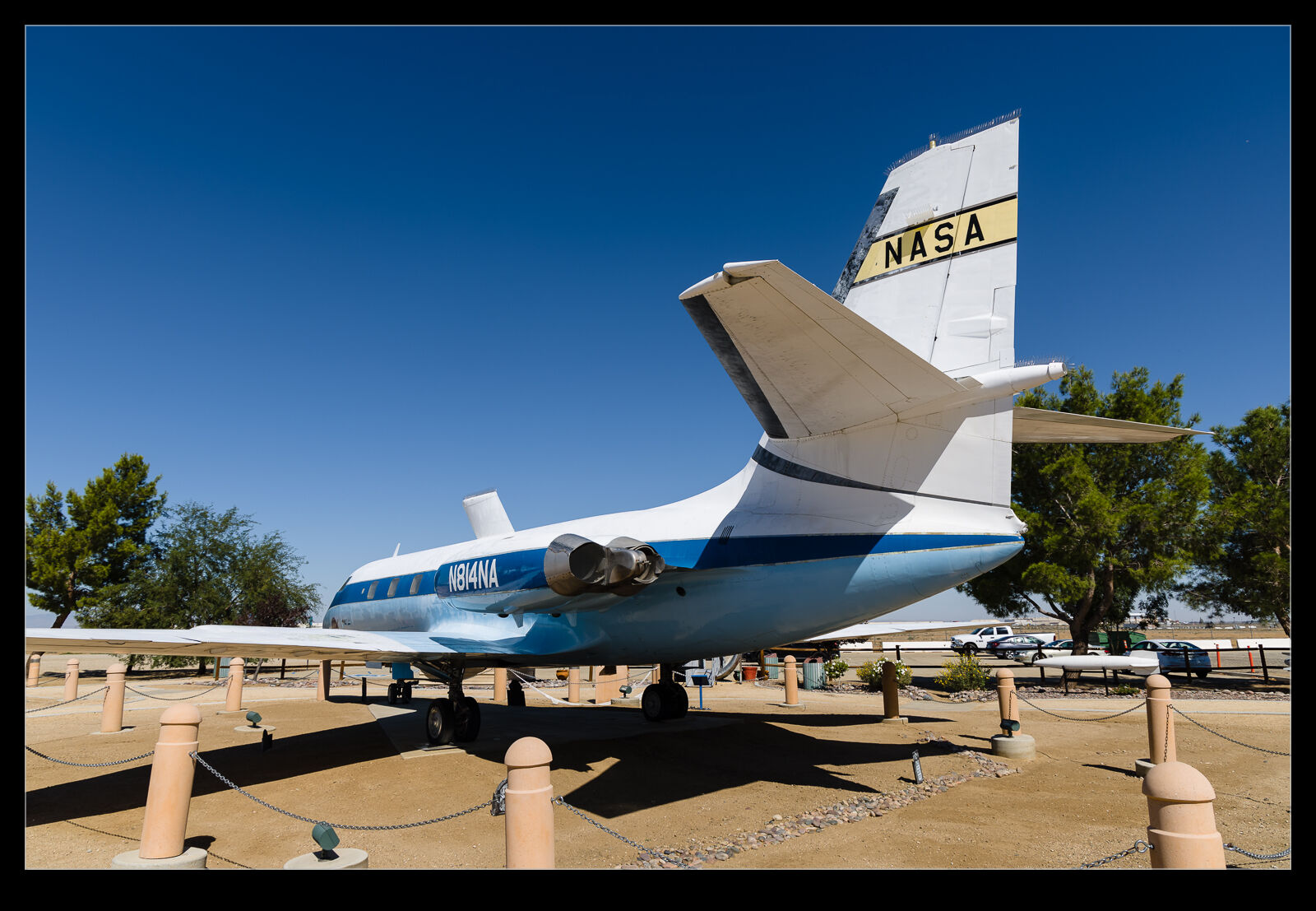 The larger aircraft start with a C-46 which was a bit close to the fence so made for a more busy background. It is a small exhibit compared to the two largest items on display. B-52s are well represented in museums around the US. They were certainly built in large quantities. This one has a Hound Dog missile alongside. Next to it, though, is the most special asset. A 747 Shuttle Carrier Aircraft. Retired by NASA at the end of the Shuttle program, it now resides in the sun a short distance from its old home at Edwards.
The larger aircraft start with a C-46 which was a bit close to the fence so made for a more busy background. It is a small exhibit compared to the two largest items on display. B-52s are well represented in museums around the US. They were certainly built in large quantities. This one has a Hound Dog missile alongside. Next to it, though, is the most special asset. A 747 Shuttle Carrier Aircraft. Retired by NASA at the end of the Shuttle program, it now resides in the sun a short distance from its old home at Edwards.
F-35A Demo At Seafair
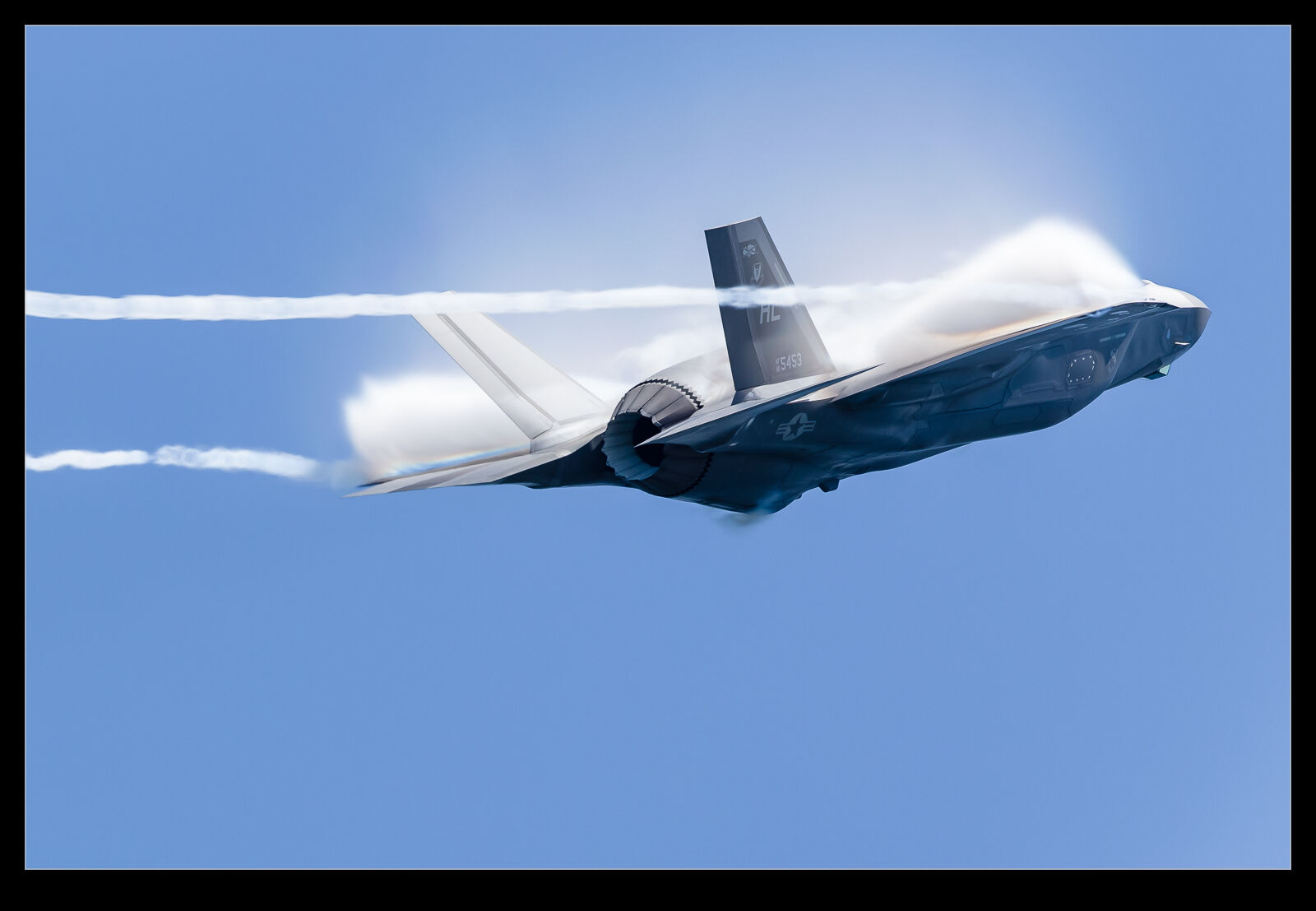 The F-35’s appearance at Seafair has resulted in a few posts of departures and arrivals at Boeing Field on this blog. However, I don’t think I have actually shared any shots of the display itself. I quite enjoyed the demo routine that the USAF had last year. Unfortunately, the display axis for Seafair is a long way from the shore so the shots were a bit distant. I also didn’t know the routine and was caught out when flares were dispensed and so didn’t get shots of those that I am happy with. However, there were a few times when the jet came in close to the shore and I got some closer views. I do want to see the display at a more conventional location at some point.
The F-35’s appearance at Seafair has resulted in a few posts of departures and arrivals at Boeing Field on this blog. However, I don’t think I have actually shared any shots of the display itself. I quite enjoyed the demo routine that the USAF had last year. Unfortunately, the display axis for Seafair is a long way from the shore so the shots were a bit distant. I also didn’t know the routine and was caught out when flares were dispensed and so didn’t get shots of those that I am happy with. However, there were a few times when the jet came in close to the shore and I got some closer views. I do want to see the display at a more conventional location at some point.
Shocks On The Sneak Pass
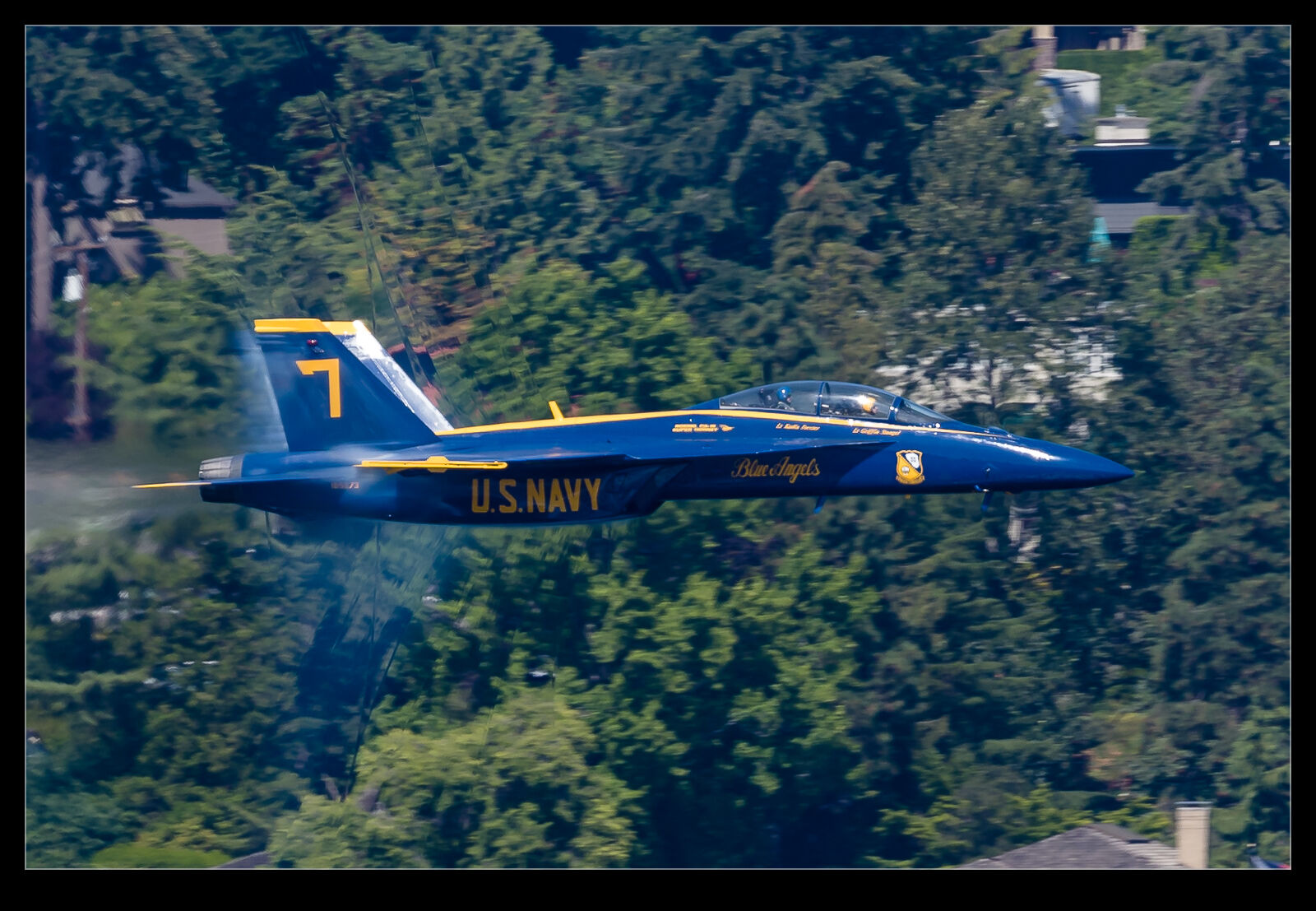 One of the highlights of the Blue Angels’ display is the sneak passes. The display is good but the sneak pass gets the jets as fast as you are going to get in their routine and there is a chance of vapor cones forming around the shocks and expansion fans. A display over water enhances the chance of the vapor. The distance of the display line on Lake Washington was a little disappointing as the jets were quite far away but the advantage of this location was that Mercer Island provided a backdrop.
One of the highlights of the Blue Angels’ display is the sneak passes. The display is good but the sneak pass gets the jets as fast as you are going to get in their routine and there is a chance of vapor cones forming around the shocks and expansion fans. A display over water enhances the chance of the vapor. The distance of the display line on Lake Washington was a little disappointing as the jets were quite far away but the advantage of this location was that Mercer Island provided a backdrop.
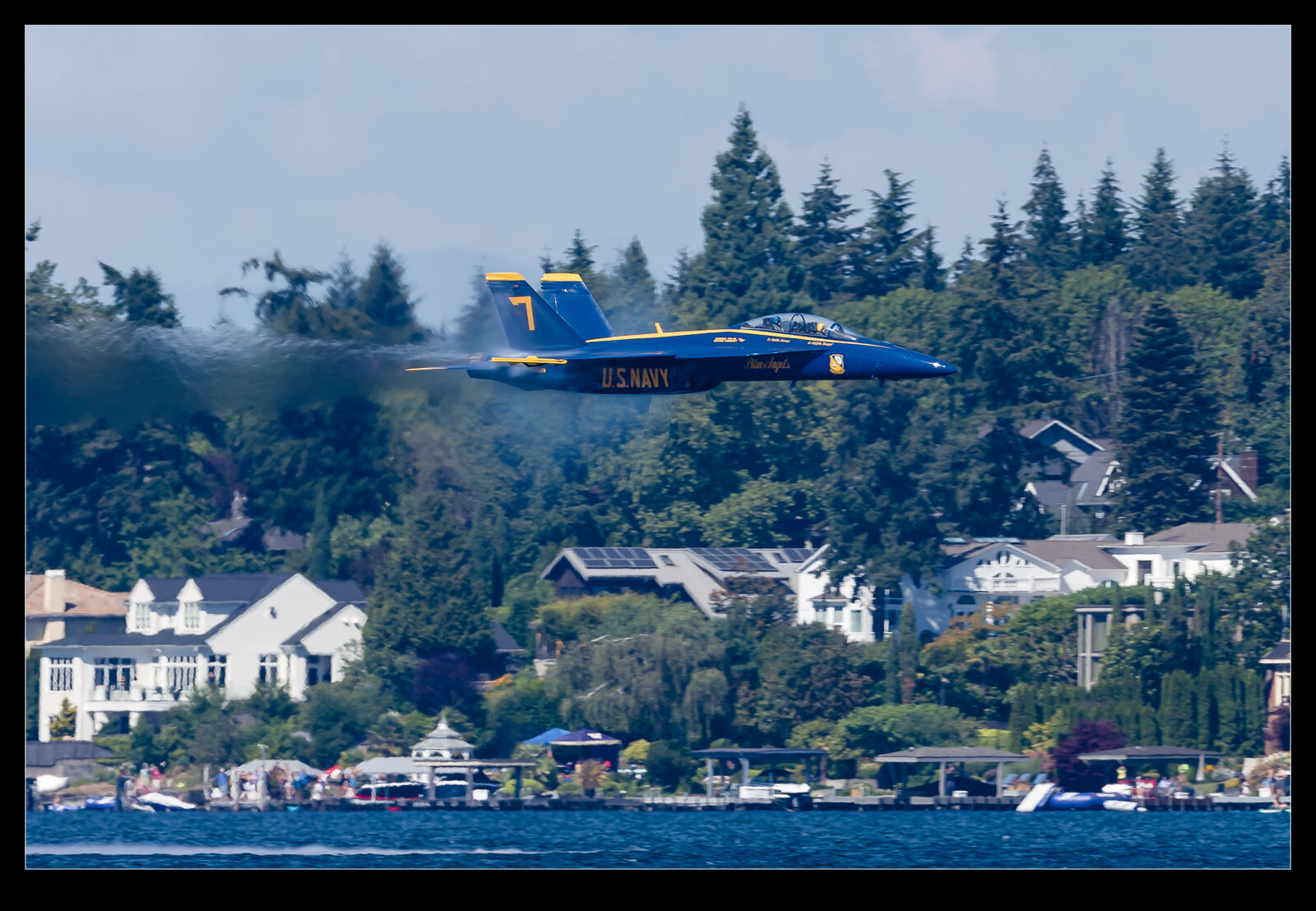 The benefit of this backdrop was that, the rapid changes in density of the air in the shocks and expansions makes the refractive index change and this will distort the view of the background. With a clear sky, this is usually not visible but, with a background, you can see the shocks around the airframe. This is a rare opportunity. Fortunately, while there was little vapor, there were plenty of shocks. I was quite happy when I got home and studied the shots of the display to find I had some good results. It would have been great to have been on the media boat but let’s not complain.
The benefit of this backdrop was that, the rapid changes in density of the air in the shocks and expansions makes the refractive index change and this will distort the view of the background. With a clear sky, this is usually not visible but, with a background, you can see the shocks around the airframe. This is a rare opportunity. Fortunately, while there was little vapor, there were plenty of shocks. I was quite happy when I got home and studied the shots of the display to find I had some good results. It would have been great to have been on the media boat but let’s not complain.
F-35A Departure And Arrival
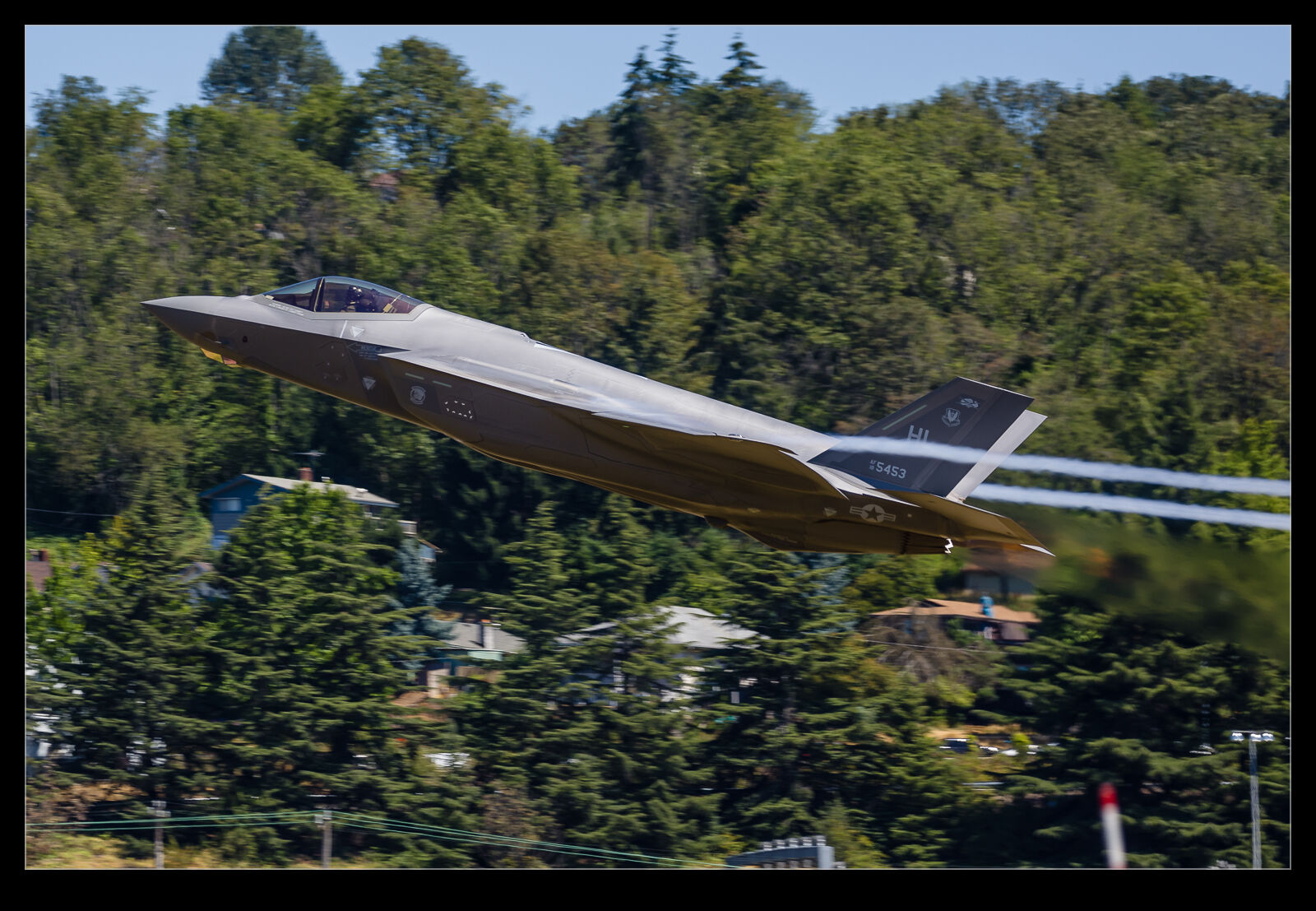 Over the course of the Seafair weekend, I got to see the demo F-35A arrive and depart a few times. The demo pilot would get airborne and keep the jet on the deck in full burner building up a decent amount of speed. Then, she would pull to a steep climb just as she got to the perimeter of the field. This looked pretty impressive from the side but it was even more impressive from head on.
Over the course of the Seafair weekend, I got to see the demo F-35A arrive and depart a few times. The demo pilot would get airborne and keep the jet on the deck in full burner building up a decent amount of speed. Then, she would pull to a steep climb just as she got to the perimeter of the field. This looked pretty impressive from the side but it was even more impressive from head on.
 The return to land after the display was a lot more sedate. It was a pretty standard pattern and approach but there were plenty of people at the south end to enjoy the last moments of the flight. I headed down there a couple of times. You could easily do both departure and approach since you had the whole time that the display was underway to re-position. I did all go to Ruby Chow Park from one departure and shot video rather than stills. Seeing the F-35 come right at us and then pull hard was impressive. The noise was intense and the wake threw dust and debris into the air around us. It made an impression!
The return to land after the display was a lot more sedate. It was a pretty standard pattern and approach but there were plenty of people at the south end to enjoy the last moments of the flight. I headed down there a couple of times. You could easily do both departure and approach since you had the whole time that the display was underway to re-position. I did all go to Ruby Chow Park from one departure and shot video rather than stills. Seeing the F-35 come right at us and then pull hard was impressive. The noise was intense and the wake threw dust and debris into the air around us. It made an impression!
Lancaster Jets On Sticks
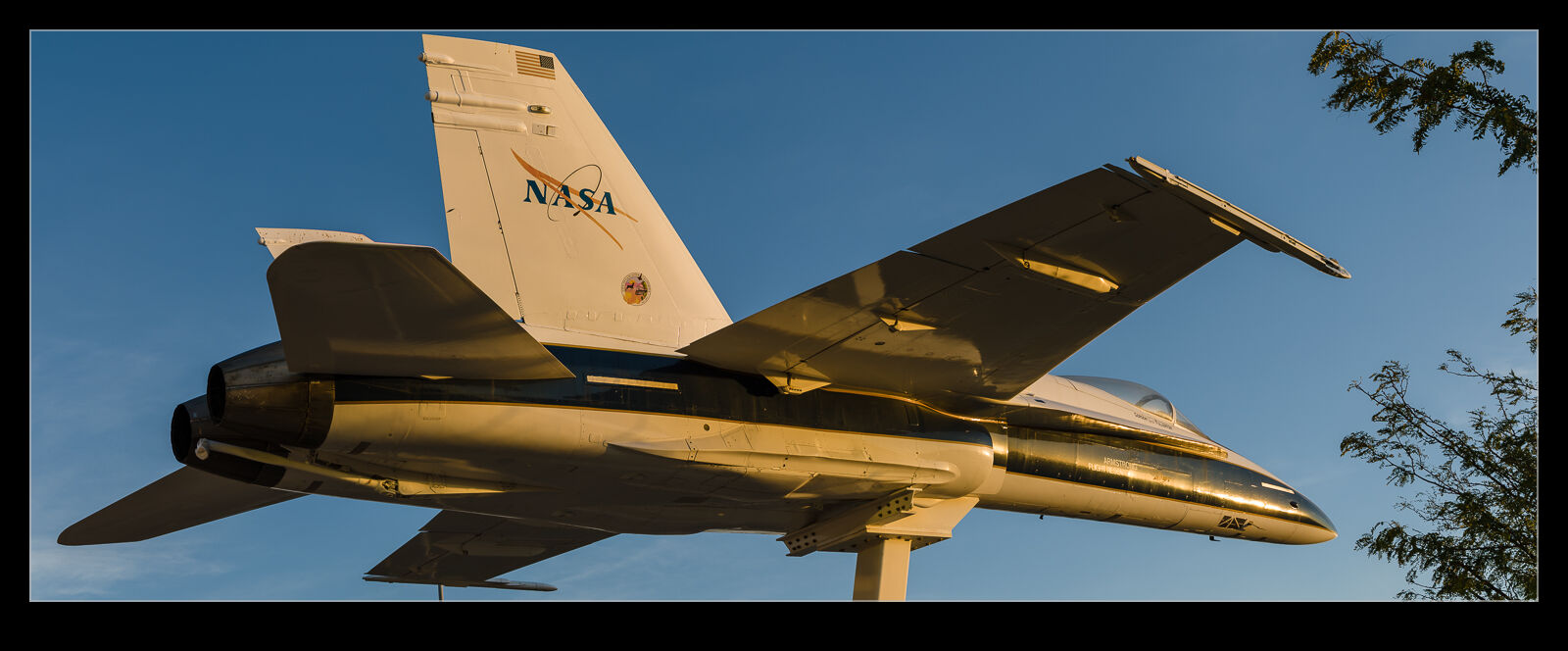 My friend, Paul, had advised me that Lancaster CA had a couple of aircraft on poles that were worth a look. One is a retired Air Force test F-4 that sits at a busy intersection next to a rail station. The other is a NASA F/A-18A that is at the entrance to a baseball stadium. I decided to try and photograph both one evening when the light would be most favorable.
My friend, Paul, had advised me that Lancaster CA had a couple of aircraft on poles that were worth a look. One is a retired Air Force test F-4 that sits at a busy intersection next to a rail station. The other is a NASA F/A-18A that is at the entrance to a baseball stadium. I decided to try and photograph both one evening when the light would be most favorable.
 The guys hanging out near the F-4 looked a little perplexed as I drove up and started photographing this plane on a pole. I think they didn’t see the interest in it that I did. I think I attracted a few strange glances and I grabbed some shots and then headed back to the car. The Hornet at the baseball stadium was a different story. Not too many people around at that time so I took some shots and then headed off. There was one more target of interest but that would have to wait for a morning visit.
The guys hanging out near the F-4 looked a little perplexed as I drove up and started photographing this plane on a pole. I think they didn’t see the interest in it that I did. I think I attracted a few strange glances and I grabbed some shots and then headed back to the car. The Hornet at the baseball stadium was a different story. Not too many people around at that time so I took some shots and then headed off. There was one more target of interest but that would have to wait for a morning visit.
My First Super Hornet Blues Display
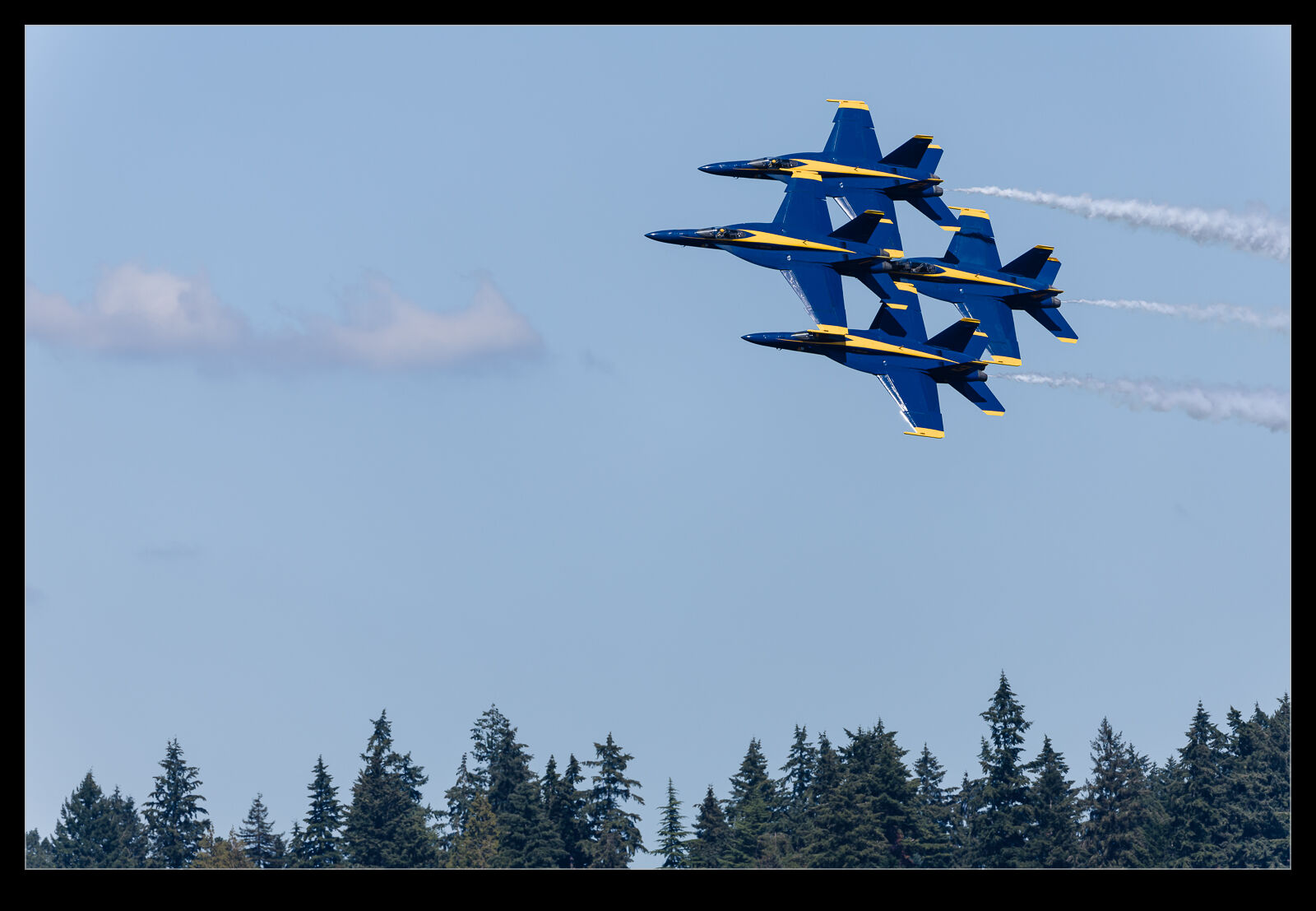 Seafair provided me with my first opportunity to shoot the Blue Angels during a display since they transitioned to the Super Hornet. I was interested to see whether the display seemed any different with the new jets. Seafair is a nice location over Lake Washington but the alignment of the display box relative to the shore of the lake is not ideal and this does result in the planes being further away than for most venues. The increased size of the Super Hornet is probably a benefit in this situation.
Seafair provided me with my first opportunity to shoot the Blue Angels during a display since they transitioned to the Super Hornet. I was interested to see whether the display seemed any different with the new jets. Seafair is a nice location over Lake Washington but the alignment of the display box relative to the shore of the lake is not ideal and this does result in the planes being further away than for most venues. The increased size of the Super Hornet is probably a benefit in this situation.
 I was interested whether the larger jets would make things seem a bit slower somehow but I didn’t notice anything in practice to support that idea. The normal tight flying that the Blues are famous for was there and, if anything, the bigger jets look closer as a result of the changed perspective. It is not that big a deal, though, so I suspect some of this was in my imagination. I would like to see them at a different location where the display axis is closer in order to get another view of the display, though.
I was interested whether the larger jets would make things seem a bit slower somehow but I didn’t notice anything in practice to support that idea. The normal tight flying that the Blues are famous for was there and, if anything, the bigger jets look closer as a result of the changed perspective. It is not that big a deal, though, so I suspect some of this was in my imagination. I would like to see them at a different location where the display axis is closer in order to get another view of the display, though.
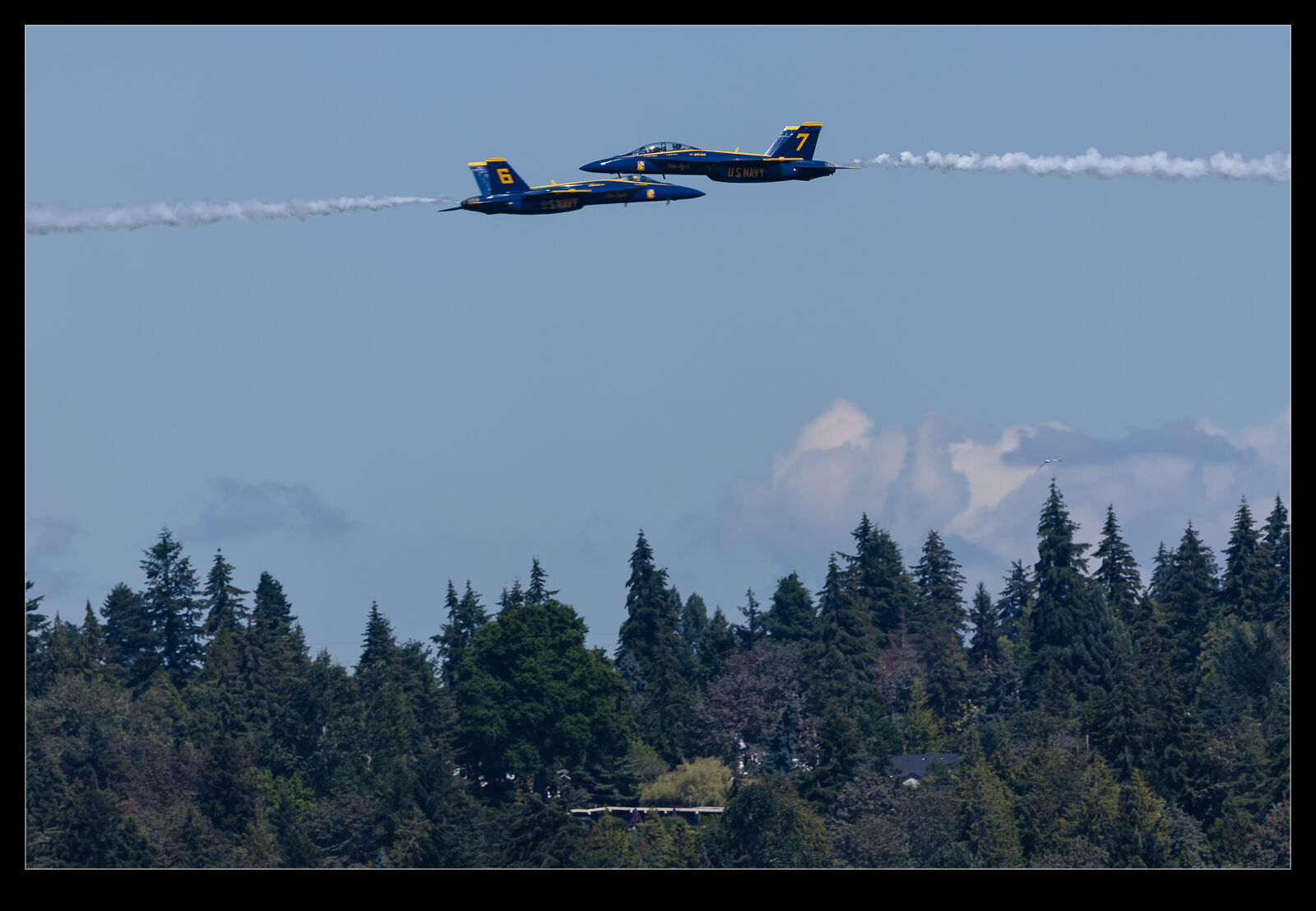 Aside from watching the display at Lake Washington, I did also Watch them depart and return from Boeing Field. They always departed to the north and returned from the north even if everything else had been landing from the south. I spent one arrival down at the south end and watched then run the length of the runway and break for landing. It was a good spot to watch this from. Overall, I was happy with the new look for the team. I hope the jets hold up well. The Blues have a reputation of having to live with some of the oldest jets in the fleet and reliability will be something to watch.
Aside from watching the display at Lake Washington, I did also Watch them depart and return from Boeing Field. They always departed to the north and returned from the north even if everything else had been landing from the south. I spent one arrival down at the south end and watched then run the length of the runway and break for landing. It was a good spot to watch this from. Overall, I was happy with the new look for the team. I hope the jets hold up well. The Blues have a reputation of having to live with some of the oldest jets in the fleet and reliability will be something to watch.
